Chemistry and Chemists № 2 2024
Journal of Chemists-Enthusiasts
| Content | Chemistry experiments - video | Physics experiments - video | Home Page - Chemistry and Chemists |
|
Chemistry and Chemists № 2 2024 Journal of Chemists-Enthusiasts |
Plants as acid-base indicators - part 25, 26 Volodymyr M. Viter |
|
Having noticed a mistake in the text, allocate it and press Ctrl-Enter
Prunus avium (black berries of sweet cherry), water, nitric acid and ammonia - part 25
Prunus avium (sweet cherry) is a flowering fruit tree of the Plum genus in the Rosaceae family, known to humans since ancient times. The habitat of Prunus avium covers vast areas in Europe, Asia, and Africa. Prunus avium is widely known for the delicious taste of its berries. The ripe fruits of Prunus avium come in different colours, including red, black, and yellow. The juice of the black fruits was used for the experiment. In this case, the fruits turned out to be small and tasteless, but this does not matter for our experiment.
Prunus avium (черные ягоды черешни), вода, азотная кислота и аммиак - часть 25 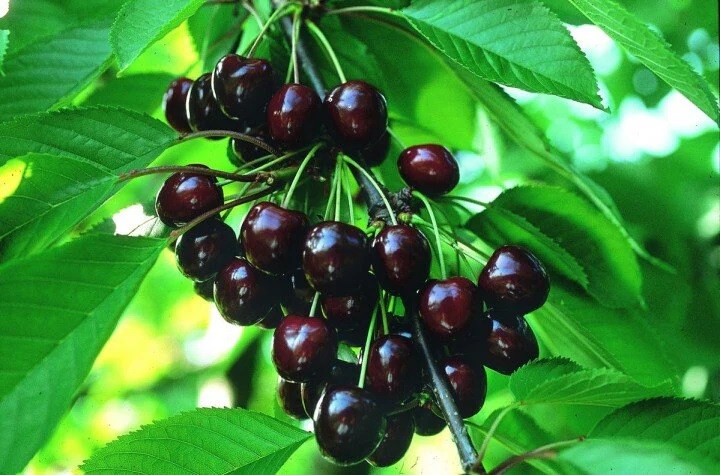 The idea was simple: add sweet cherry juice to two glasses of water. The first glass contains distilled water, and the second contains tap water. The pH of distilled water is slightly below 7 (a slightly acidic solution) because carbon dioxide is dissolved in the water. However, the pH of tap water is higher than 7 (a weakly alkaline solution) due to the hydrolysis of dissolved salts. If I am lucky, the sweet cherry juice will turn different colours in the two glasses of water. So, I poured tap water into the first glass and distilled water into the second. Then, I added a few drops of juice of sweet cherry to each glass and stirred. In the first glass, the solution turned pink, and in the second, it turned orange. The main objective of the experiment was completed, but I decided to continue. I dripped a few drops of nitric acid into the second glass and stirred. The solution turned red-orange. In addition to the change in shade, the intensity of the colour increased. Further addition of the acid did not change the colour. After that, I added a concentrated ammonia solution drop by drop. The solution on top turned dark purple. I mixed the content of the beaker. The entire solution turned dark purple (almost black). To make the colour of the liquid more visible, I placed a small glass of distilled water next to it and added the dark purple liquid to the water. Finally, I added nitric acid to both glasses with the purple solution. The liquid turned red-orange. |
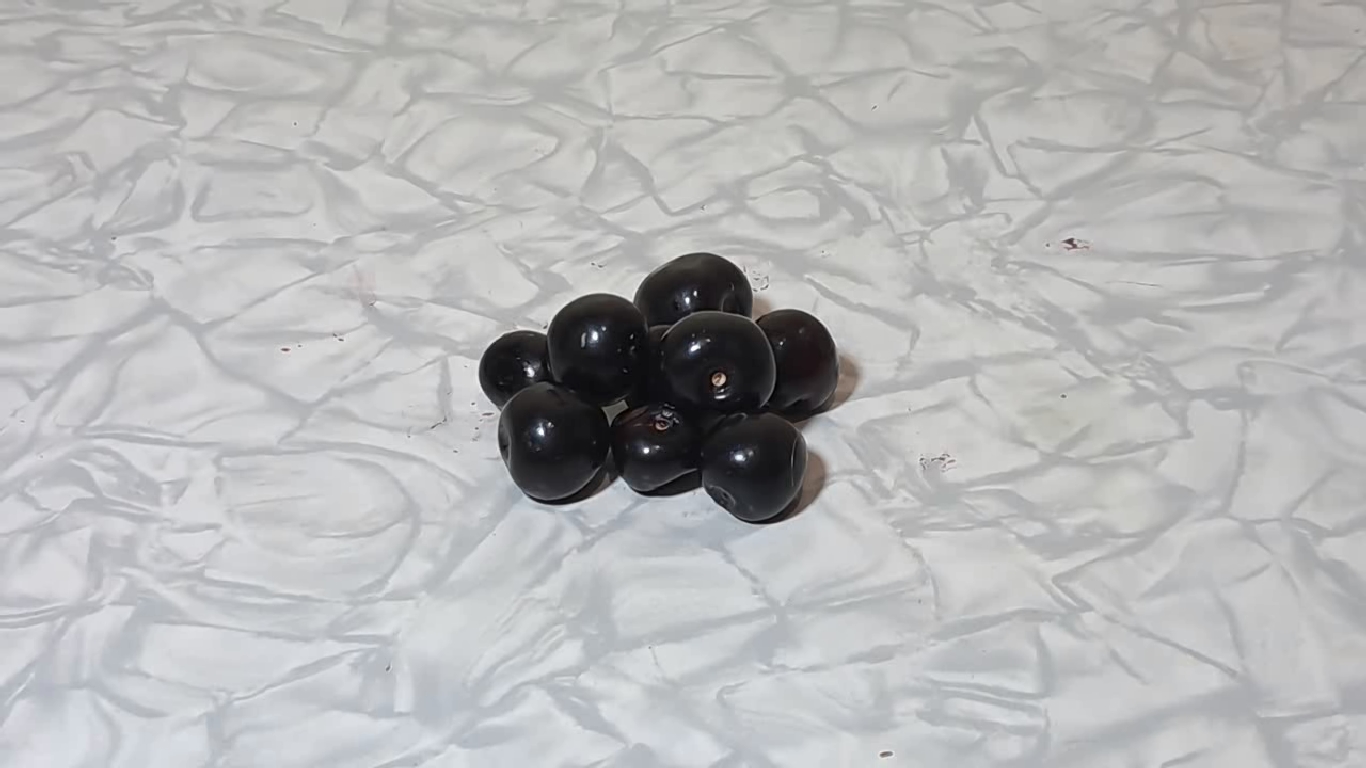
Prunus avium (black berries of sweet cherry), water, nitric acid and ammonia |
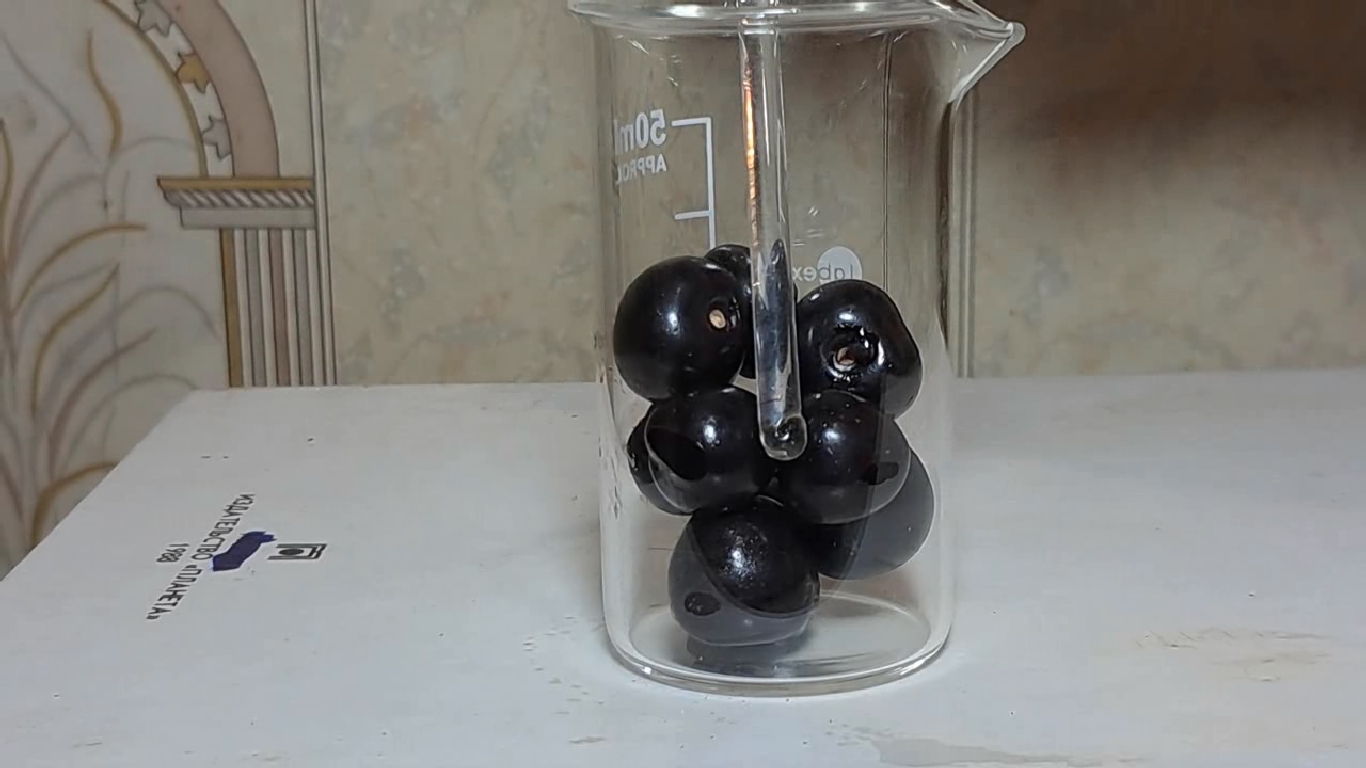
|

|
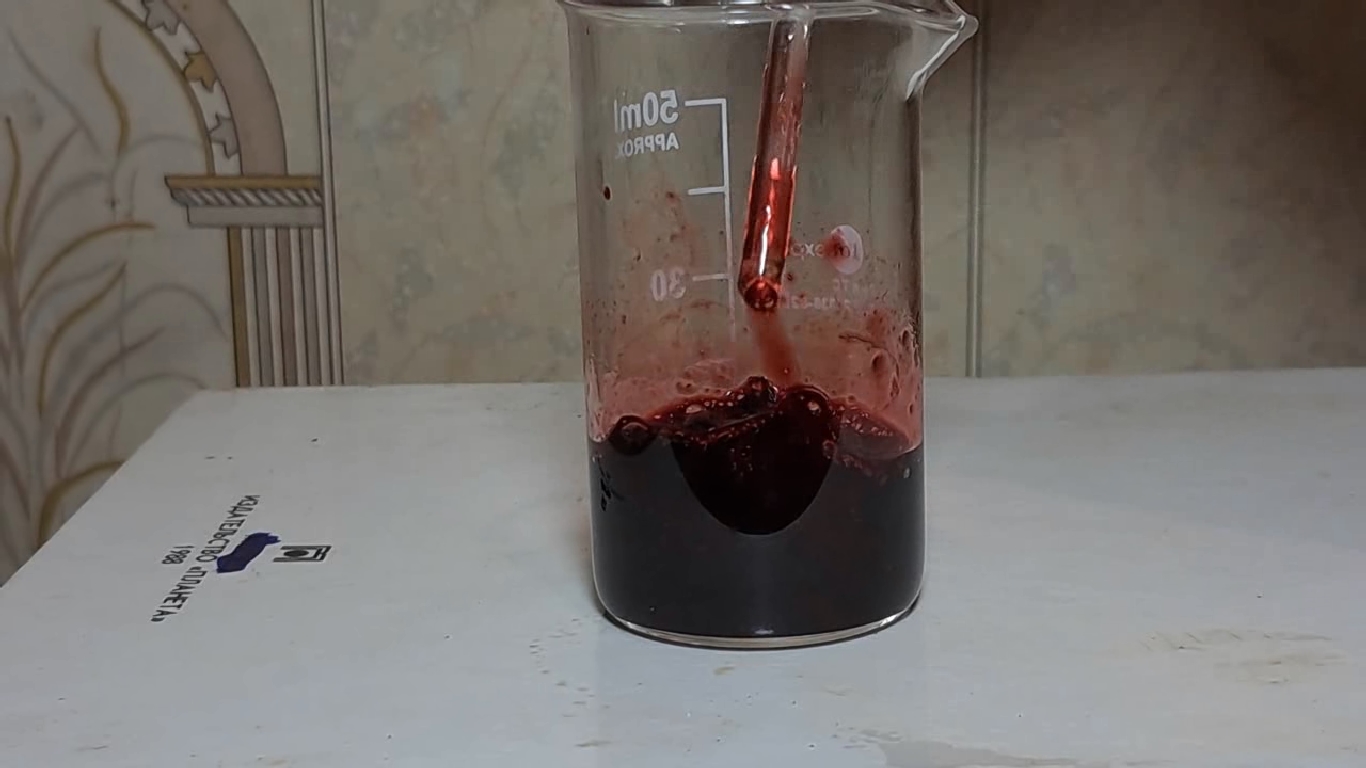
|
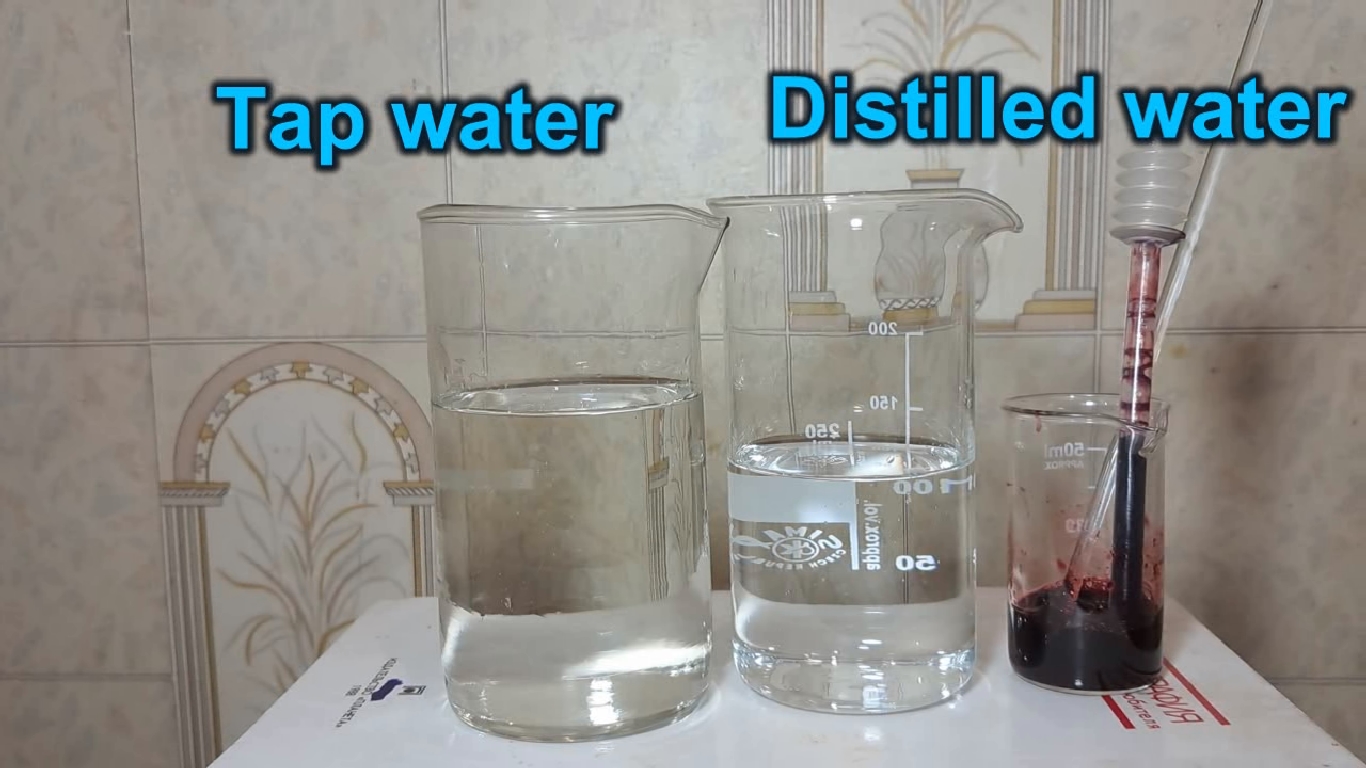
|
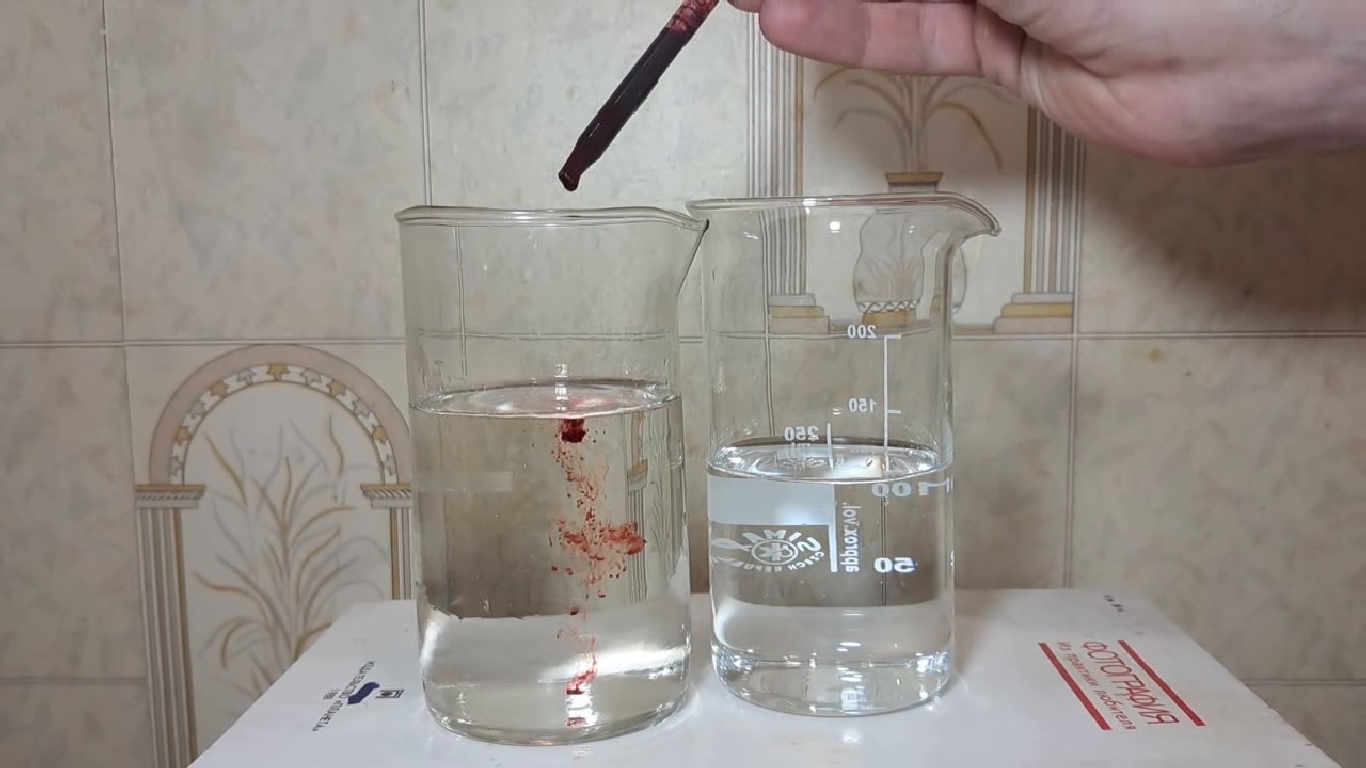
|

|
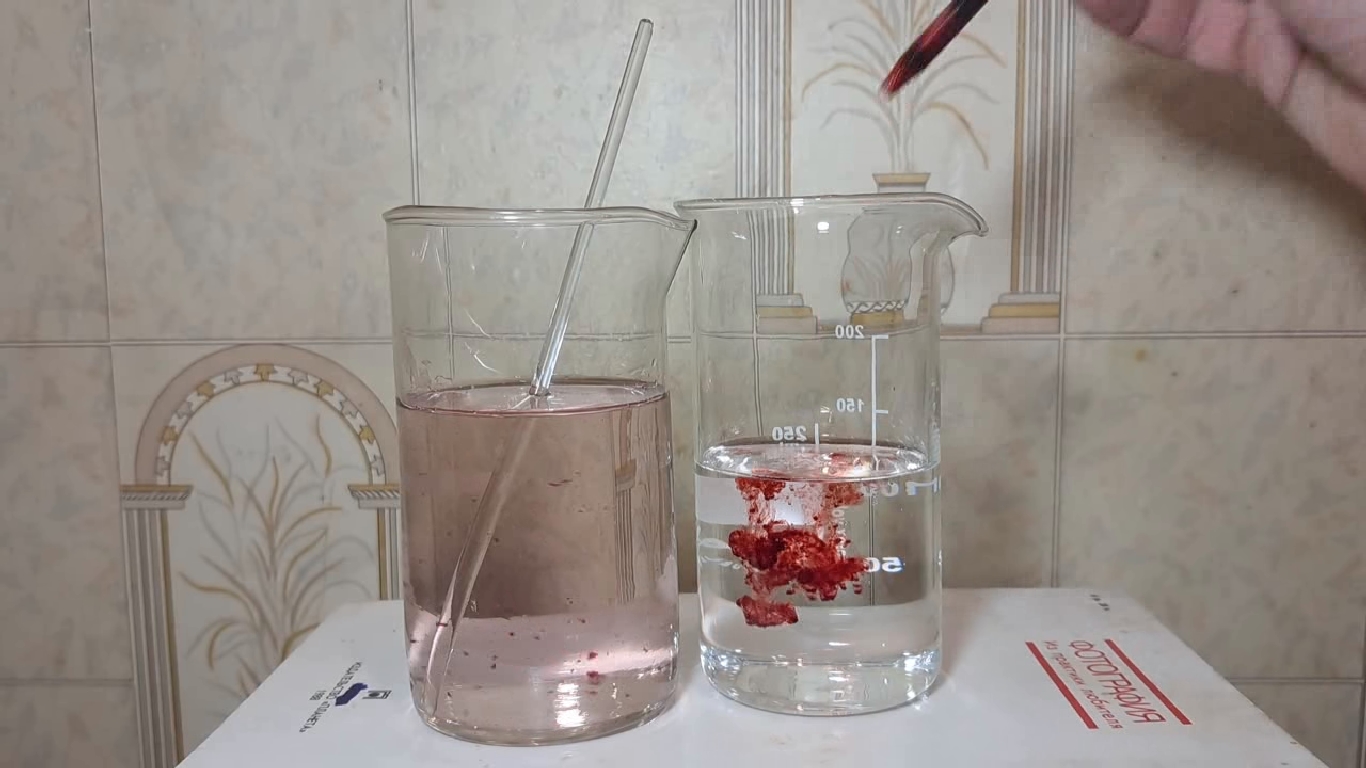
|
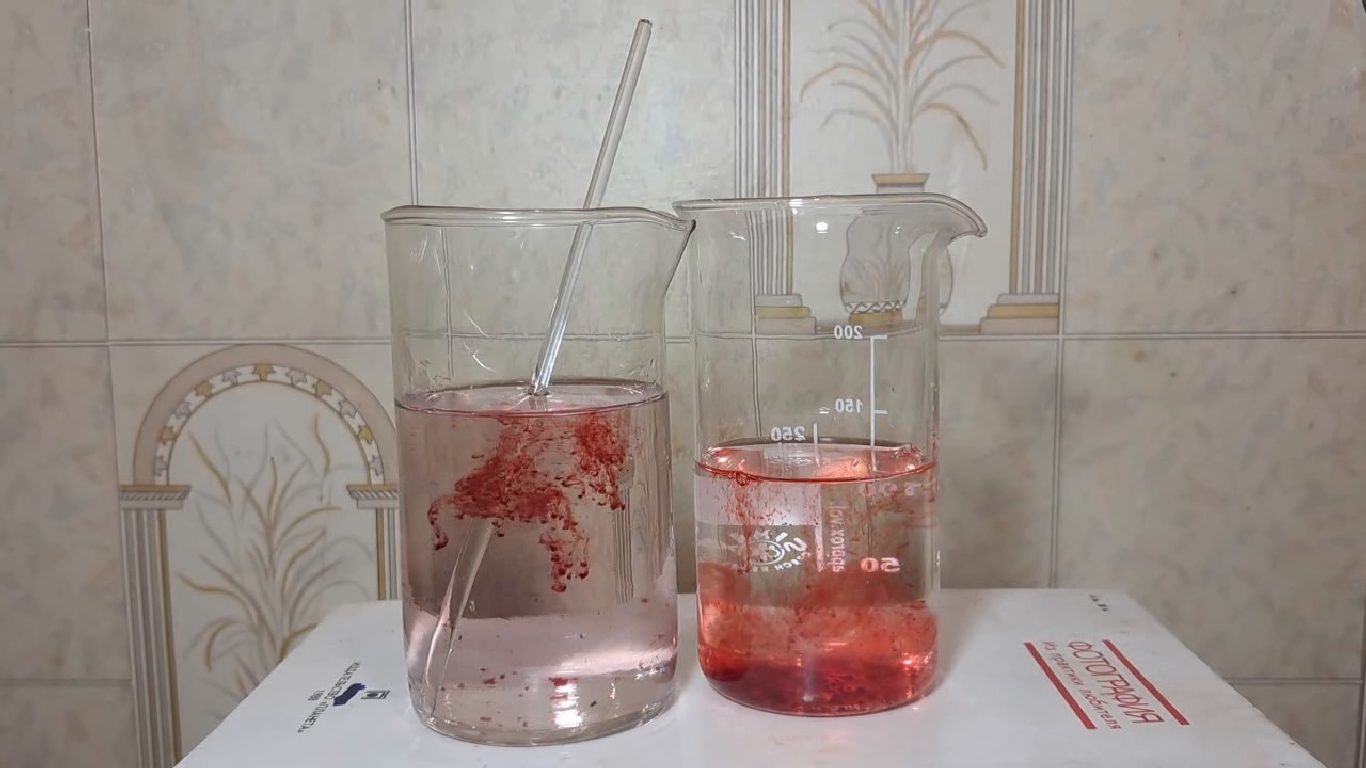
|

|

|

|
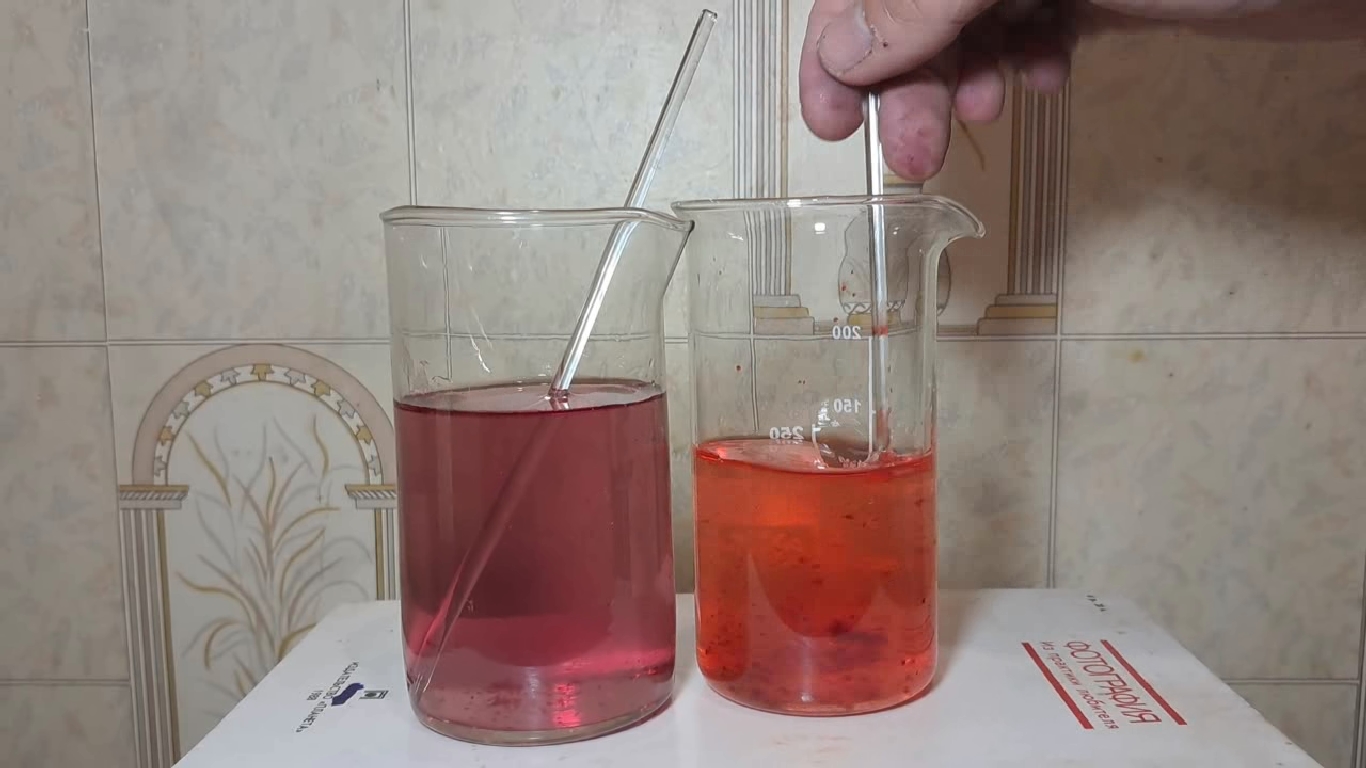
|

|
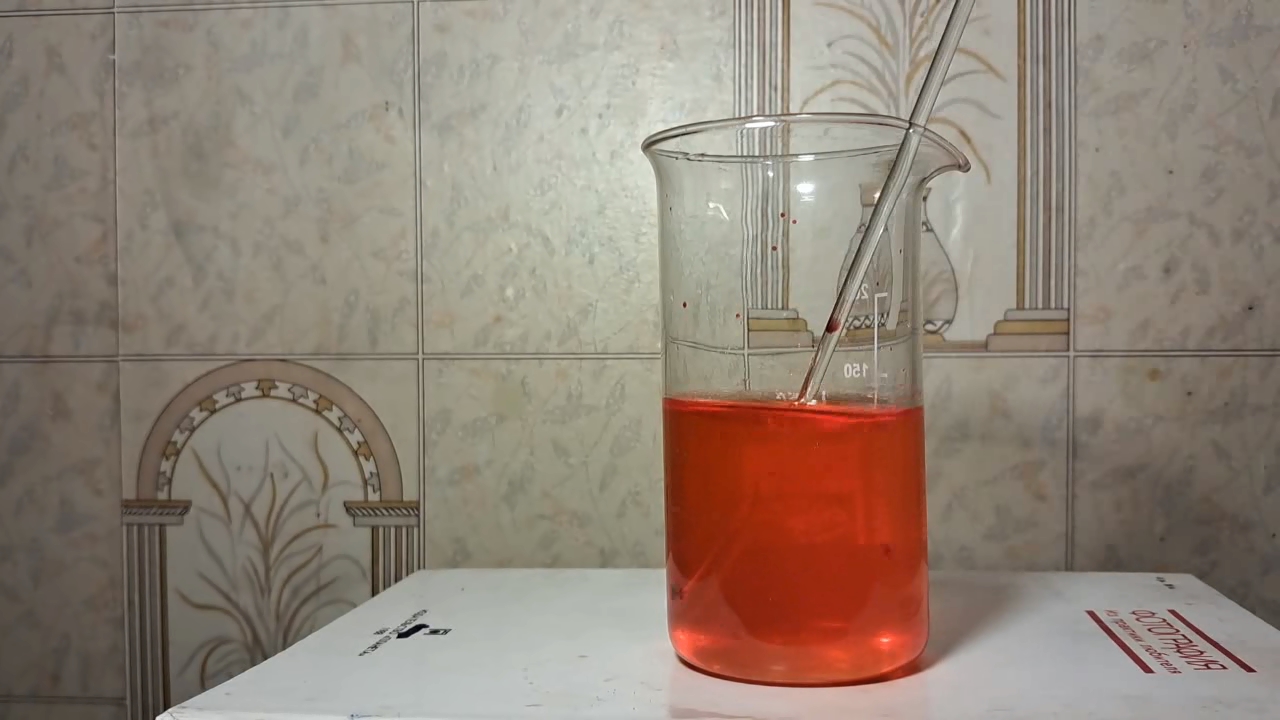
|
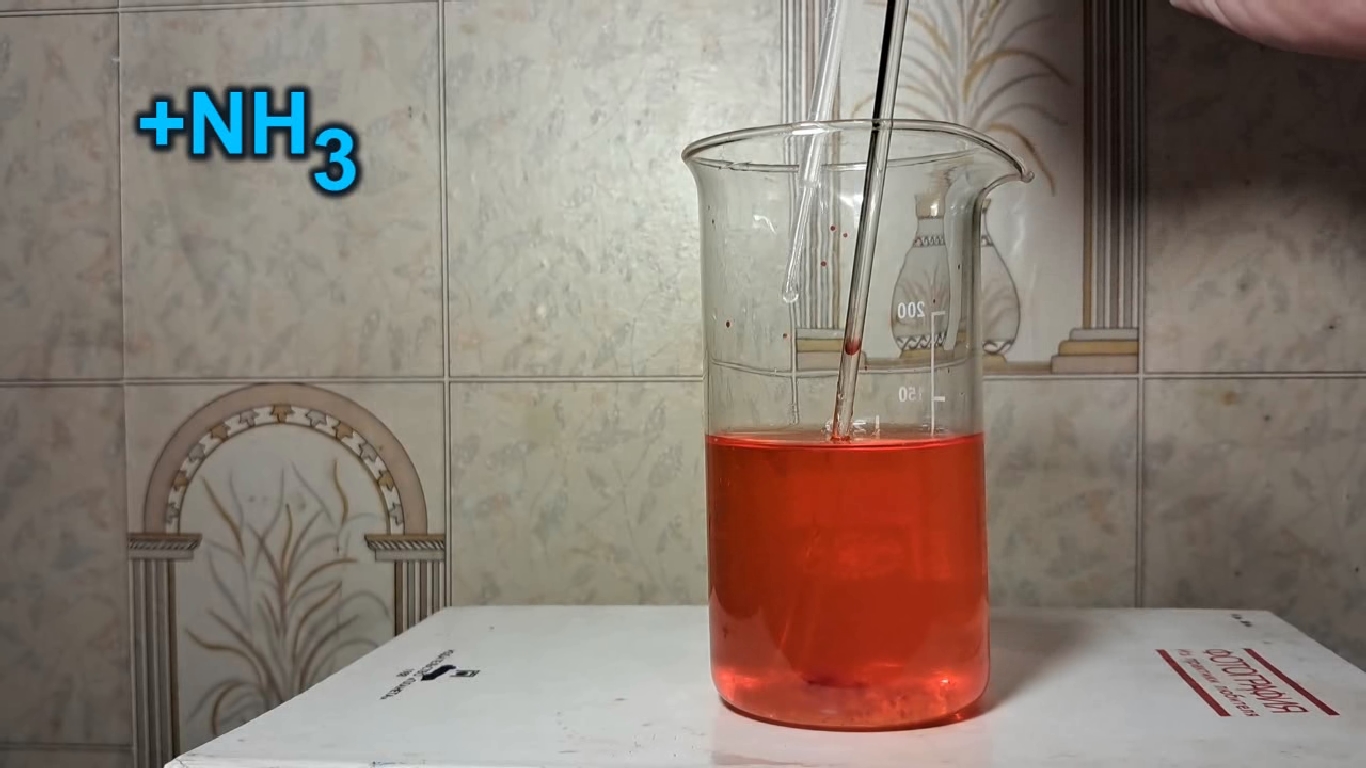
|
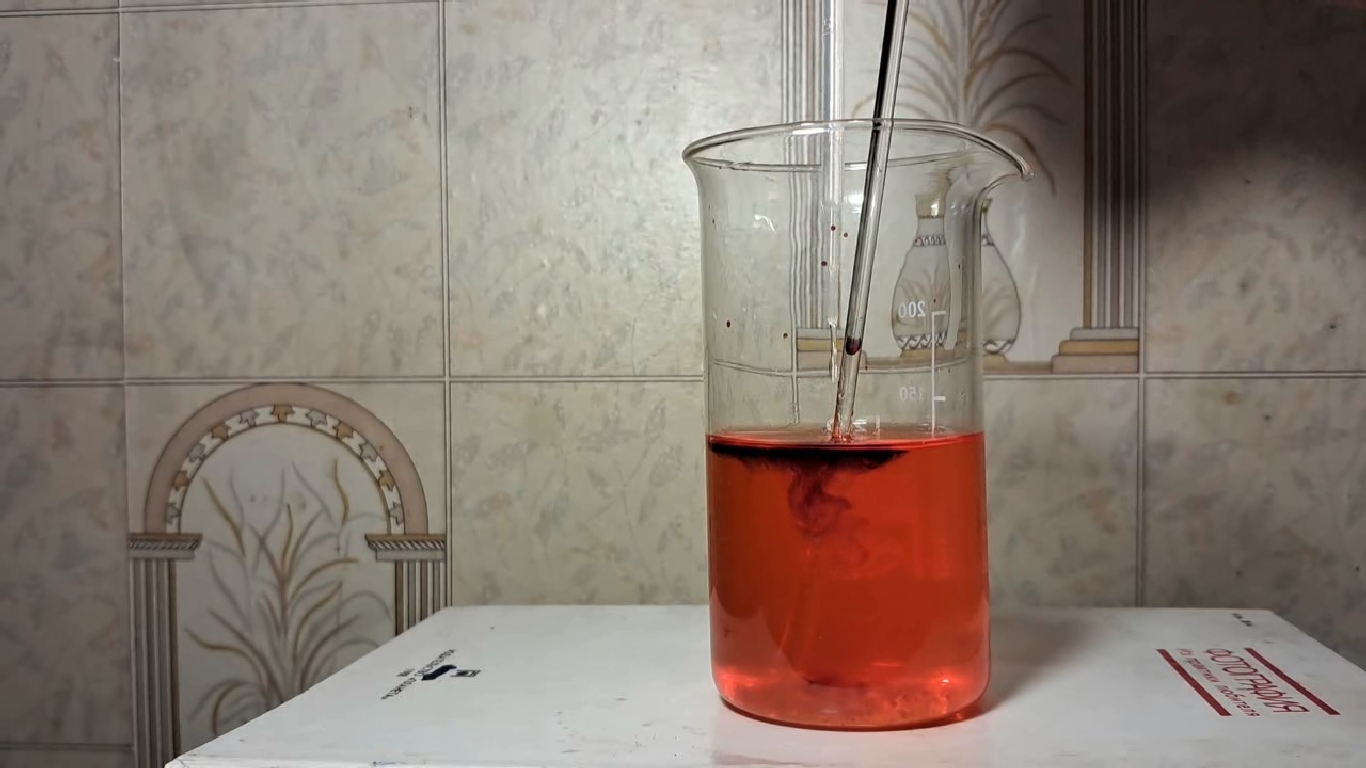
|

|
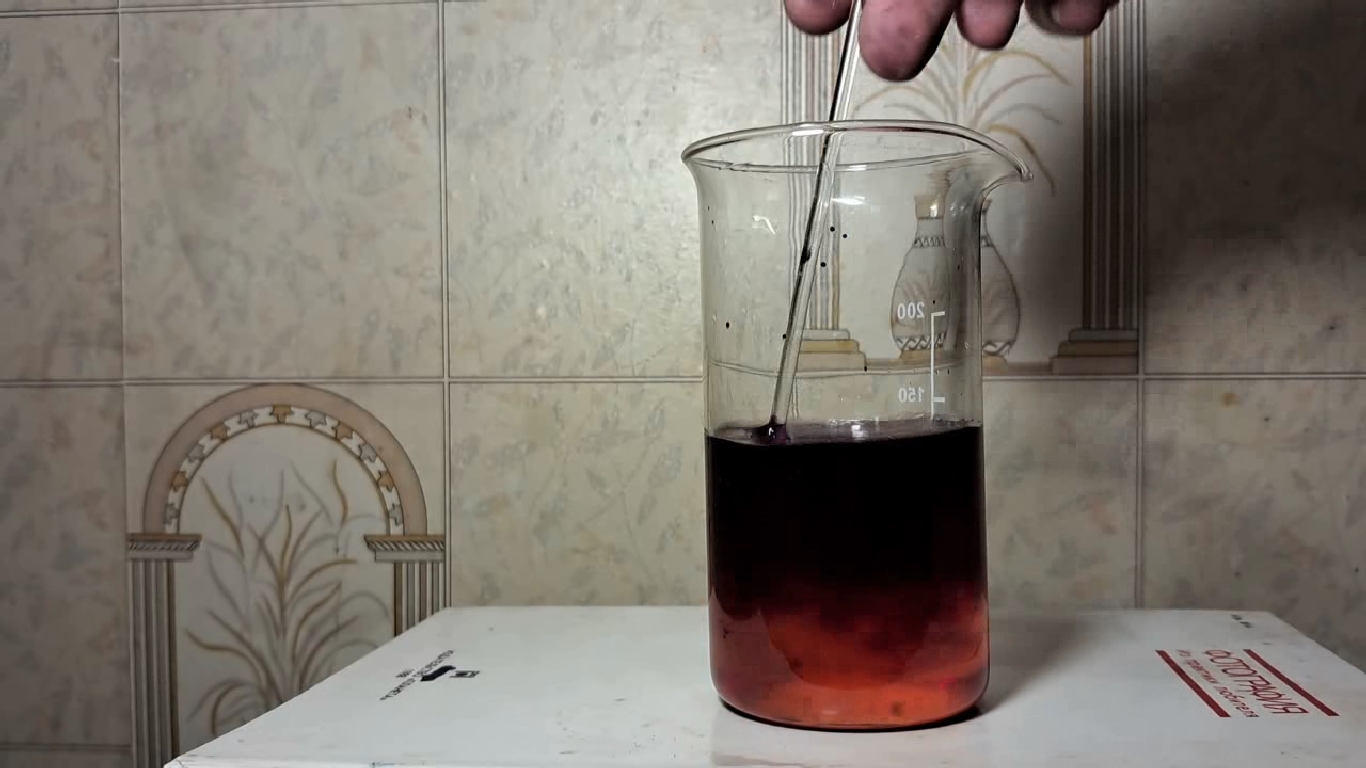
|
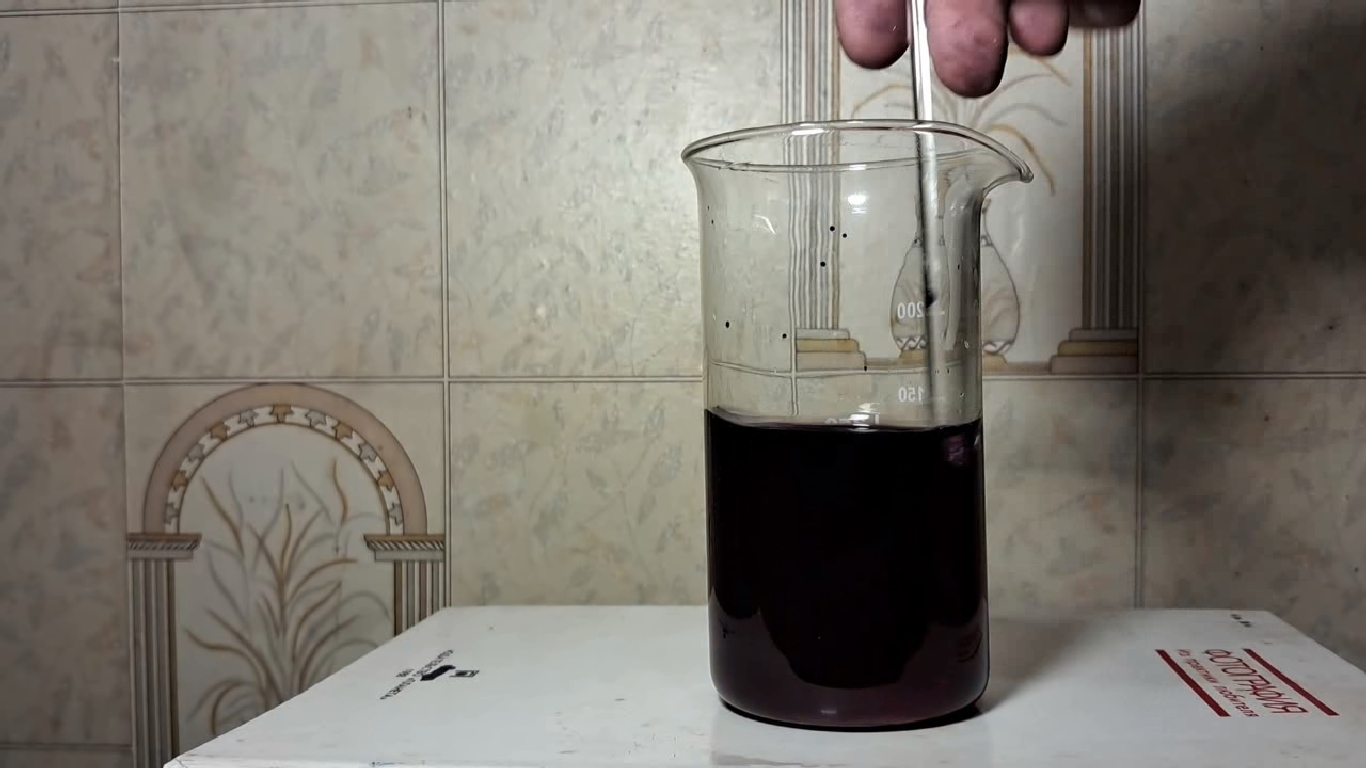
|
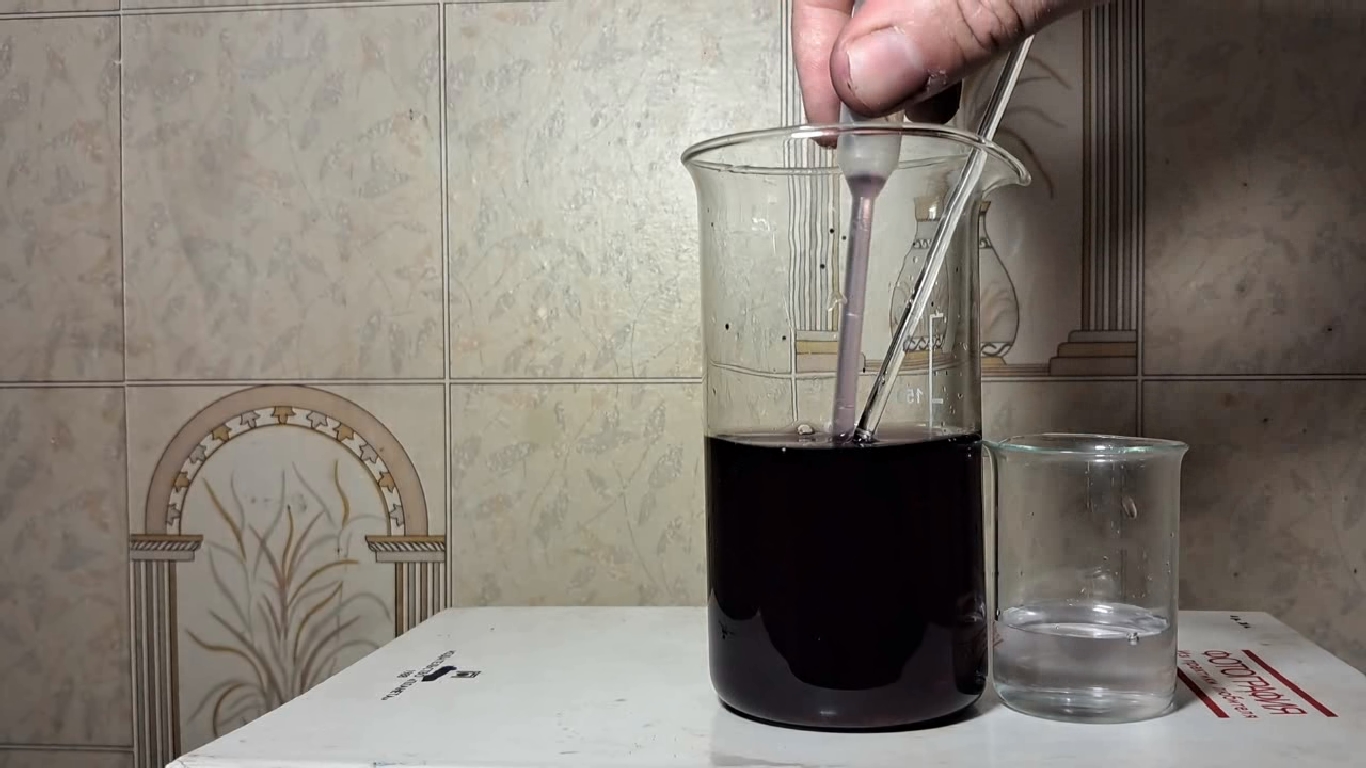
|

|
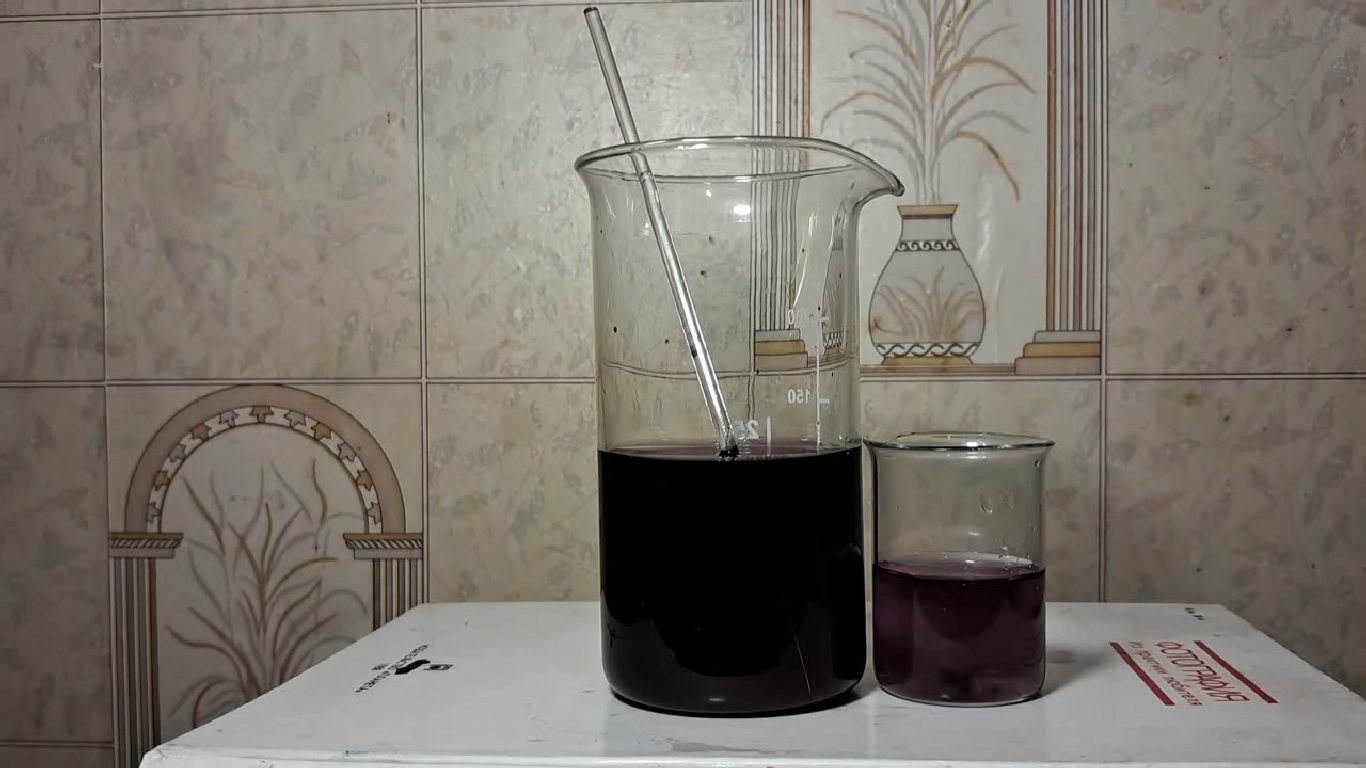
|
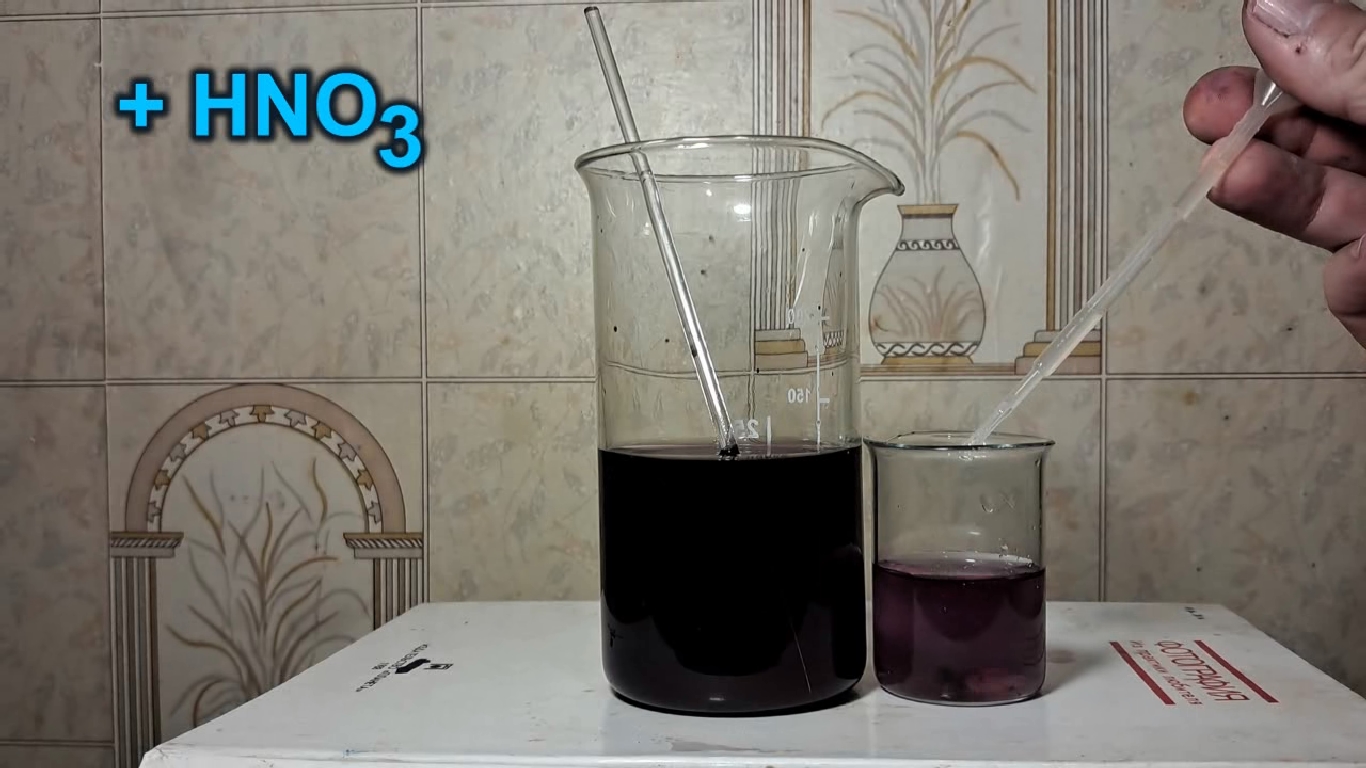
|

|
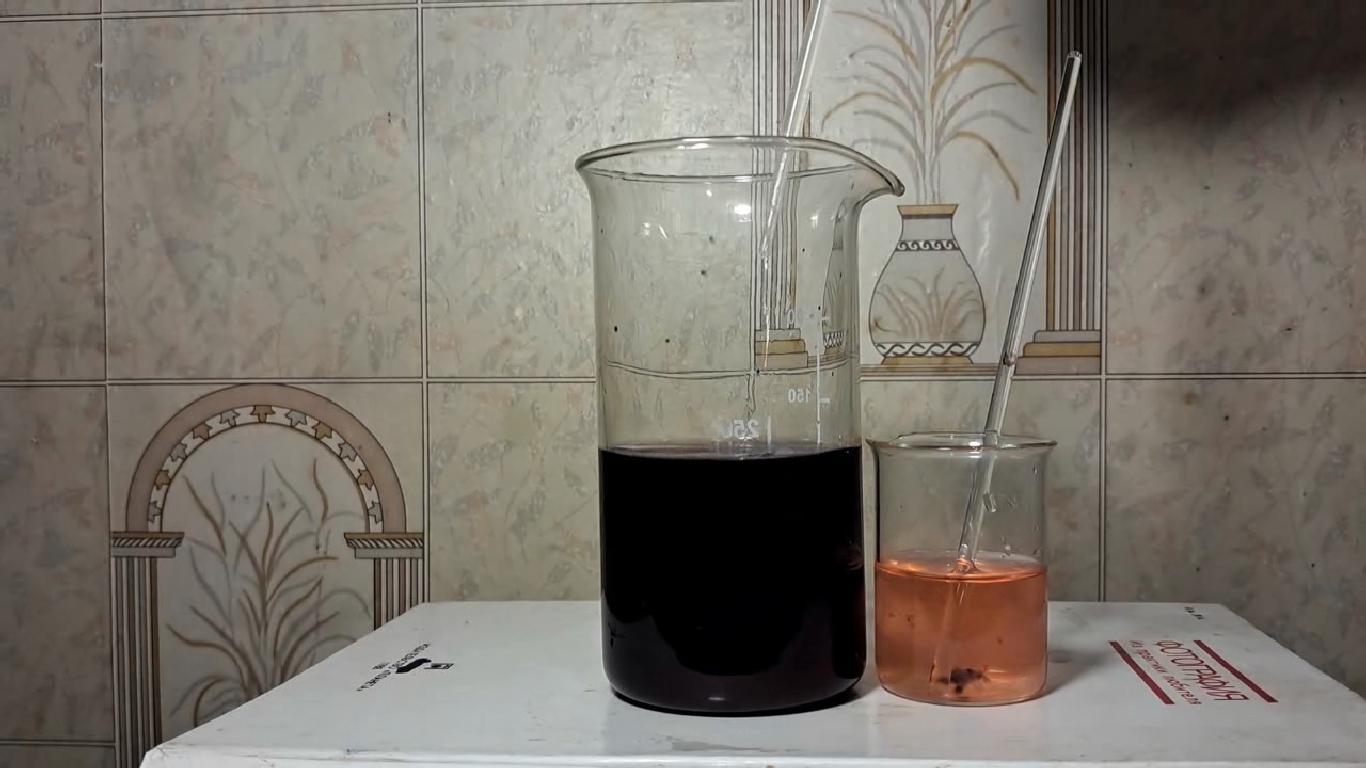
|
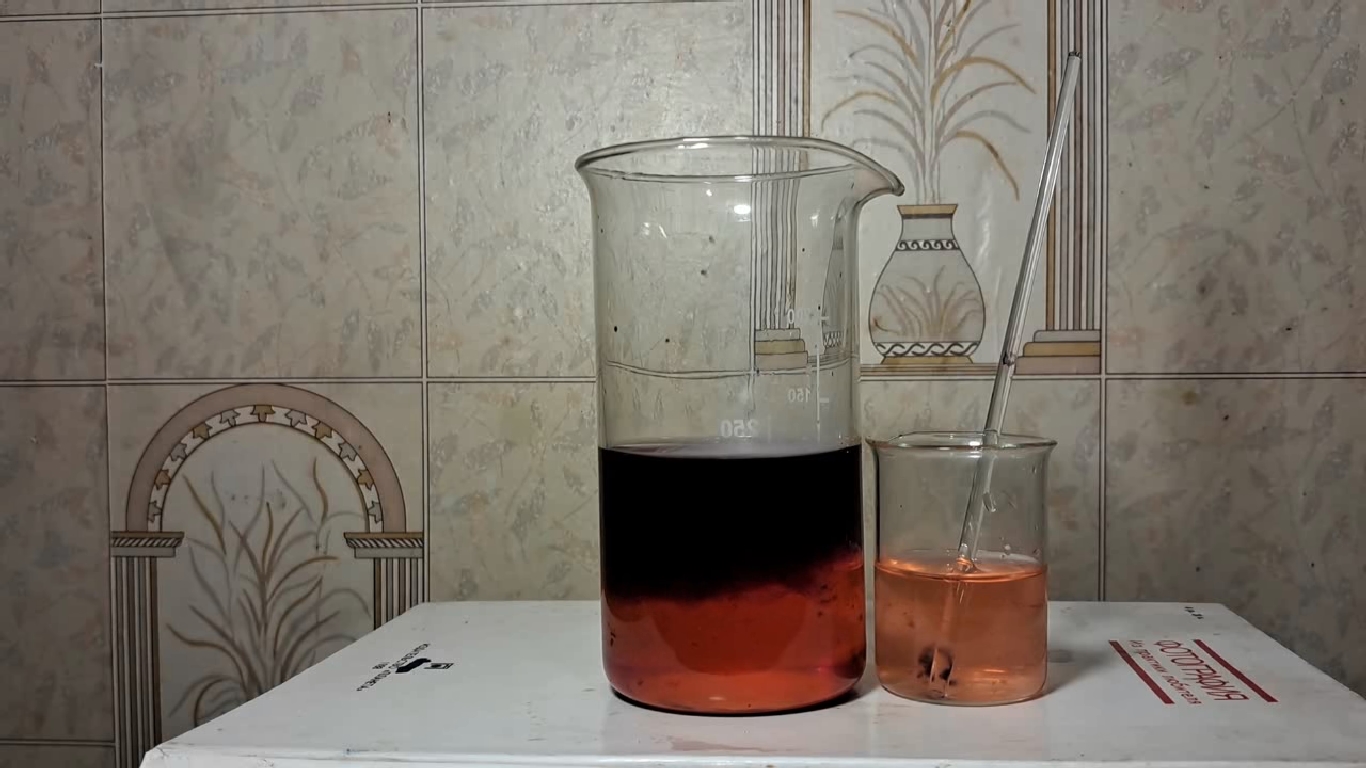
|
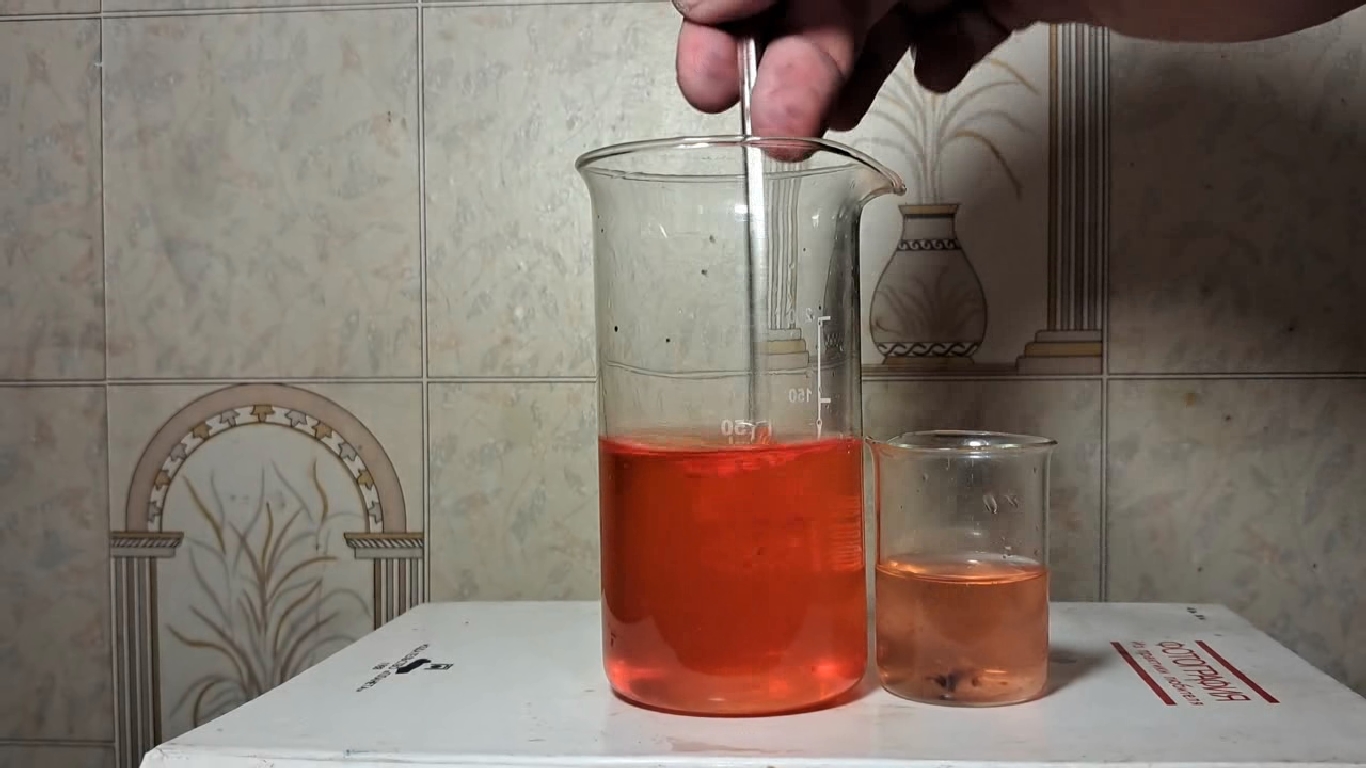
|
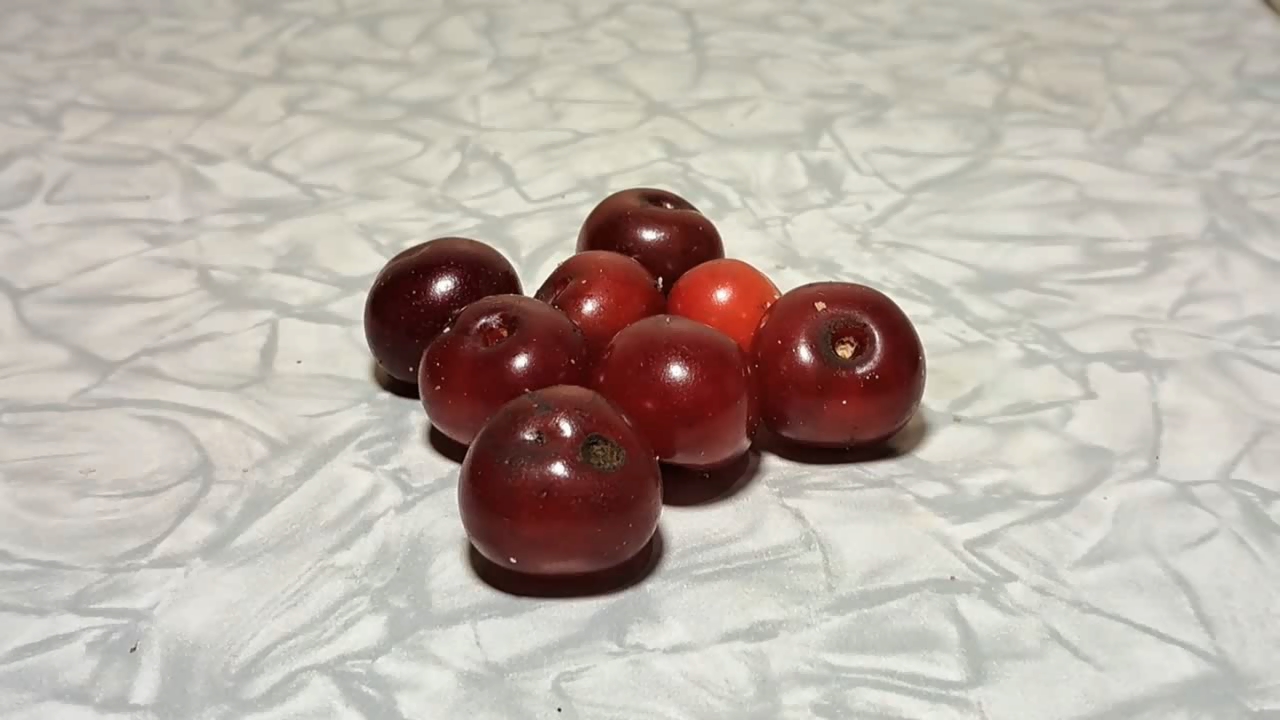
Cherry, water, nitric acid and ammonia |

|
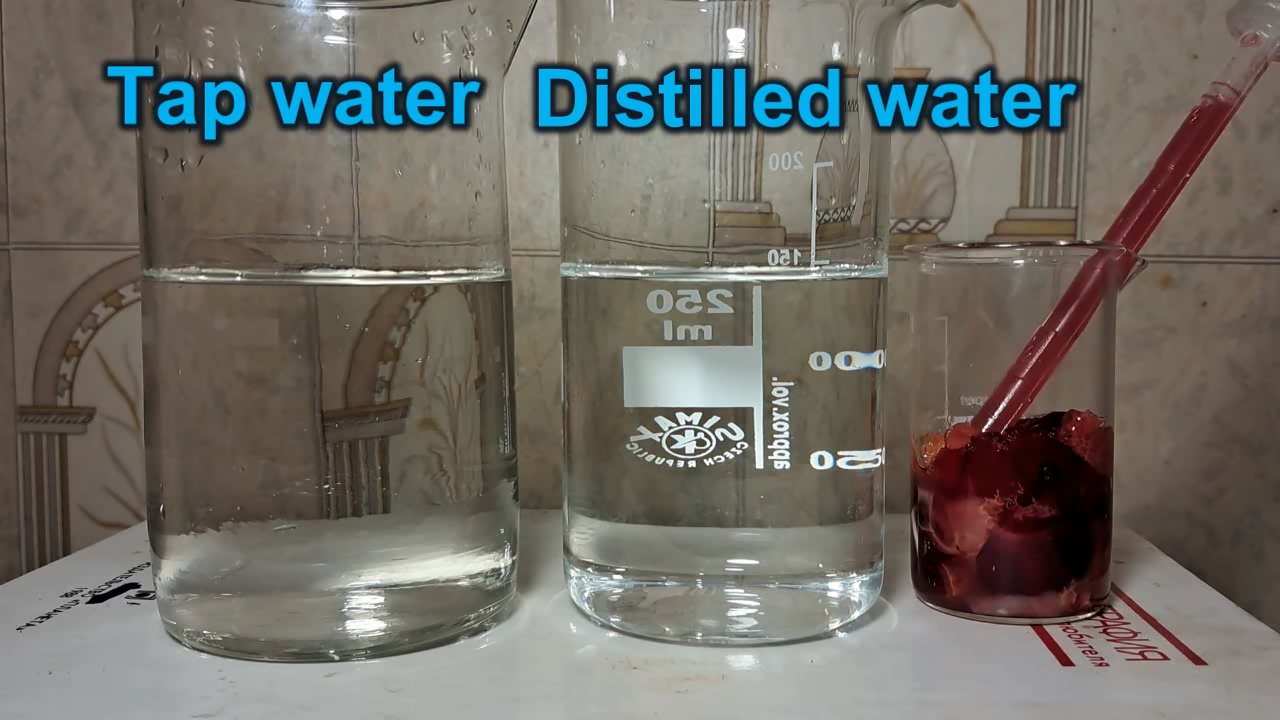
|
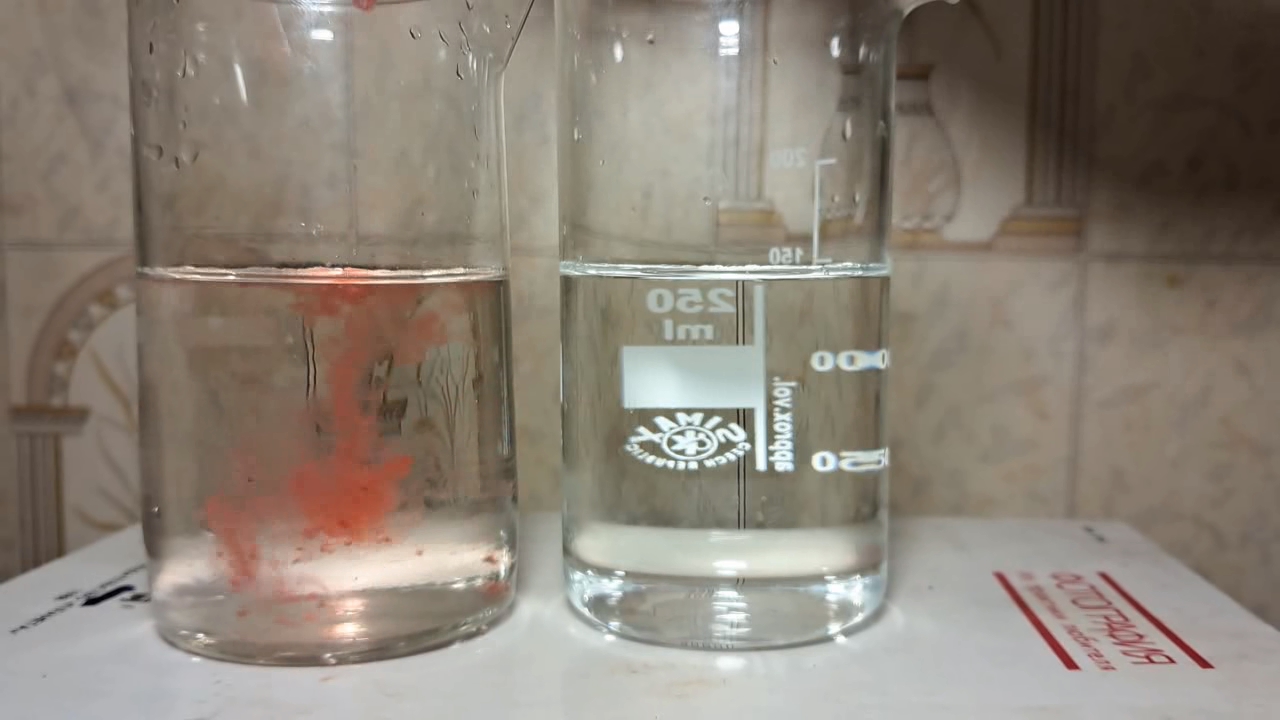
|
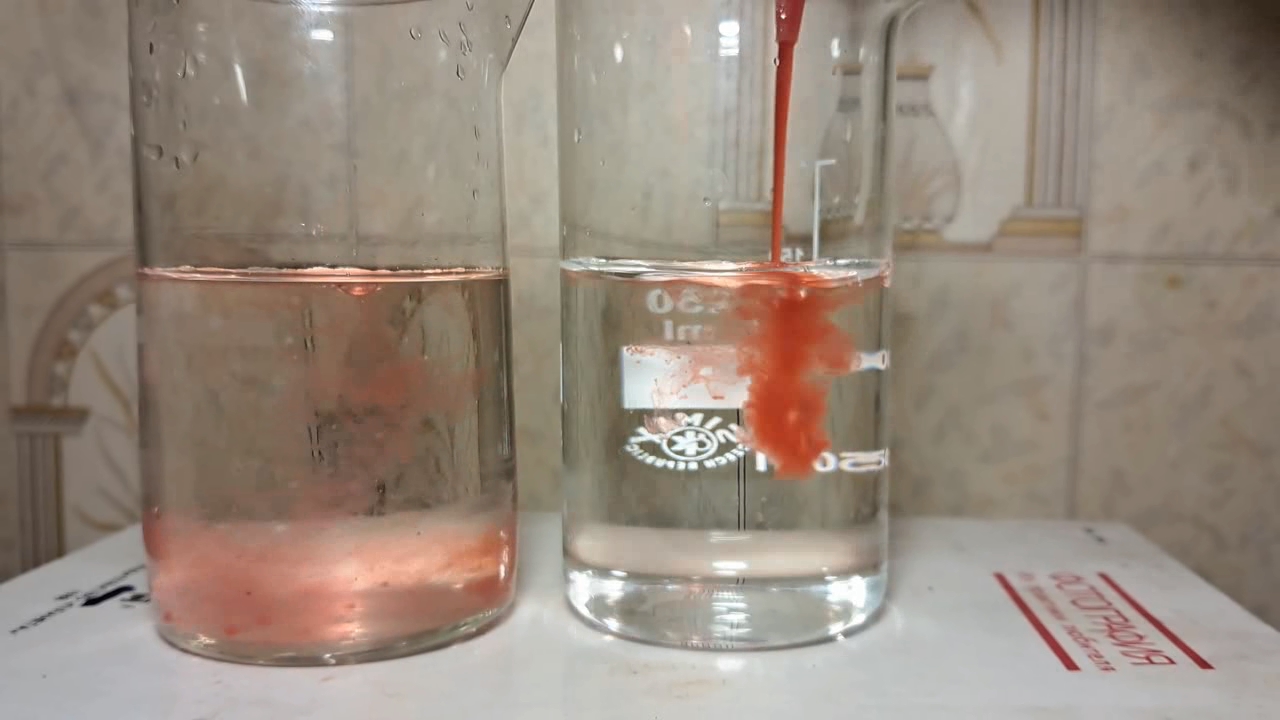
|

|
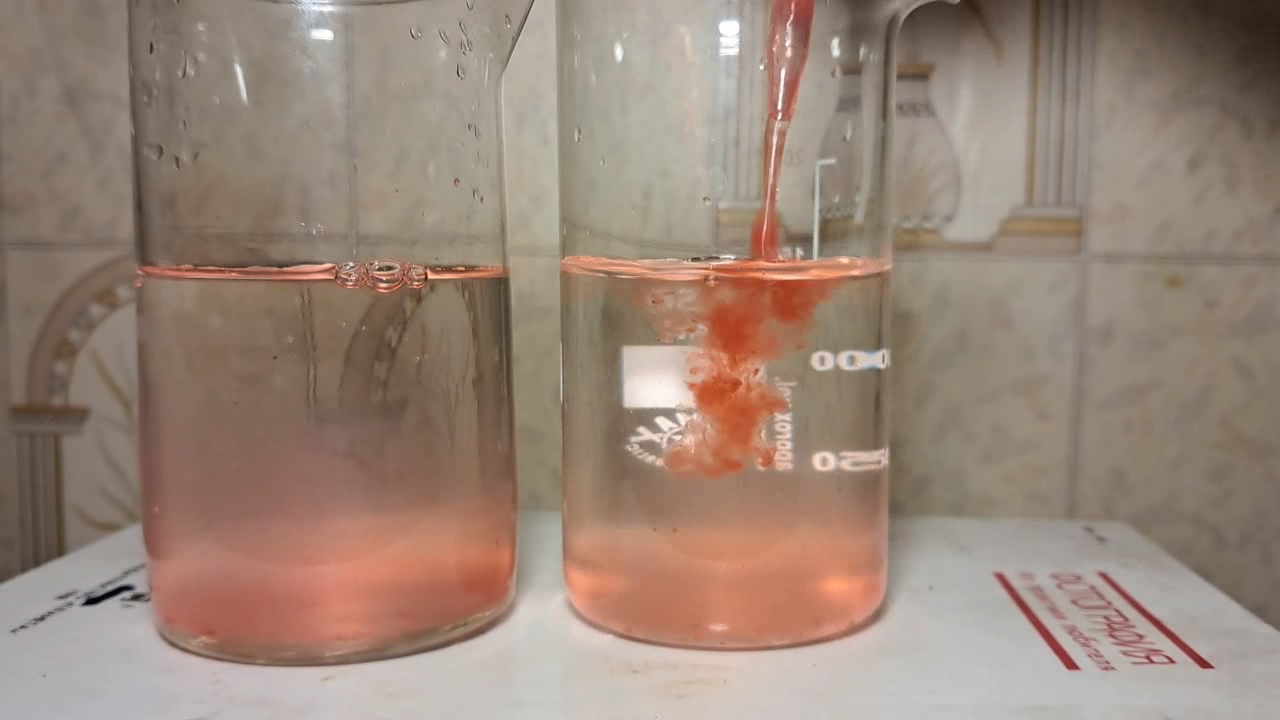
|
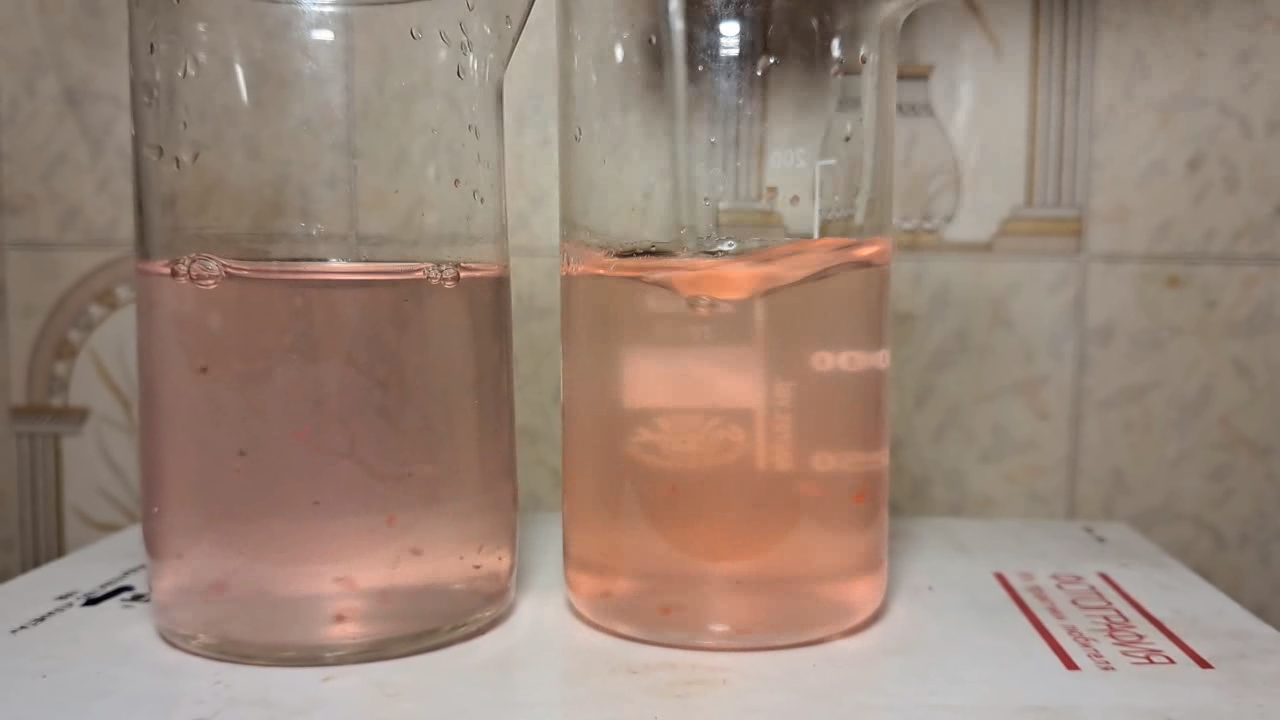
|

|
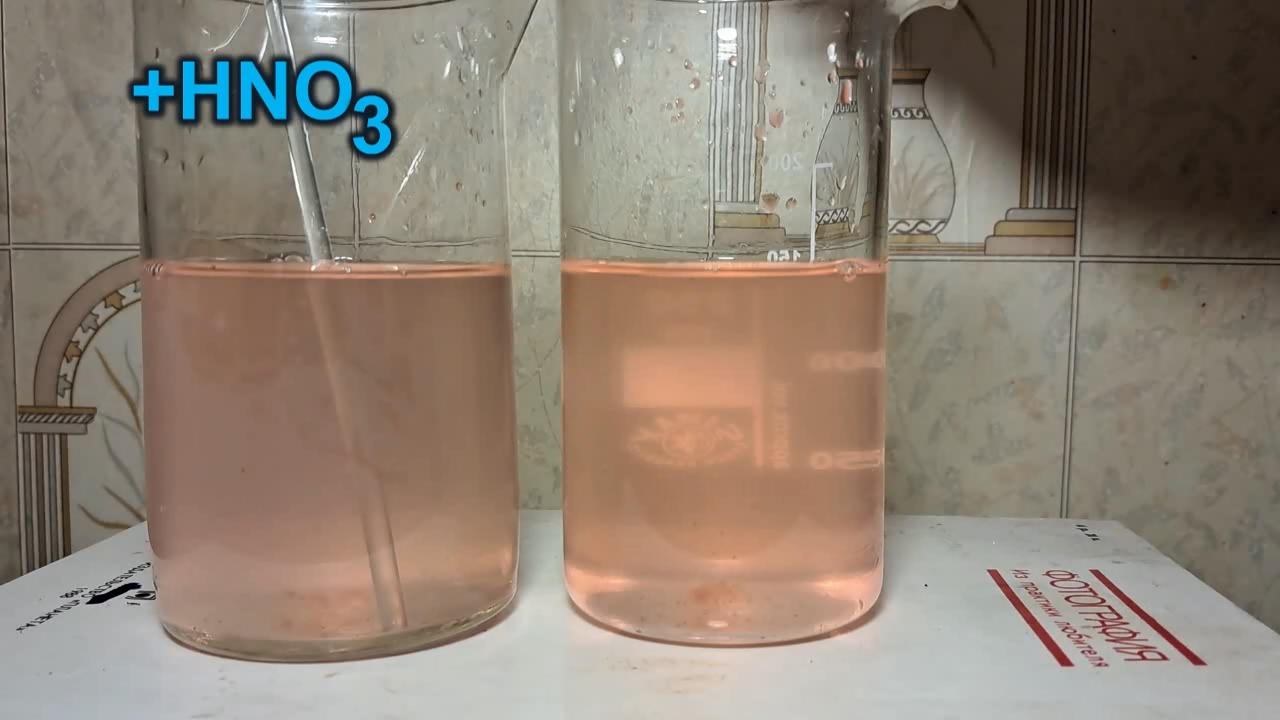
|

|
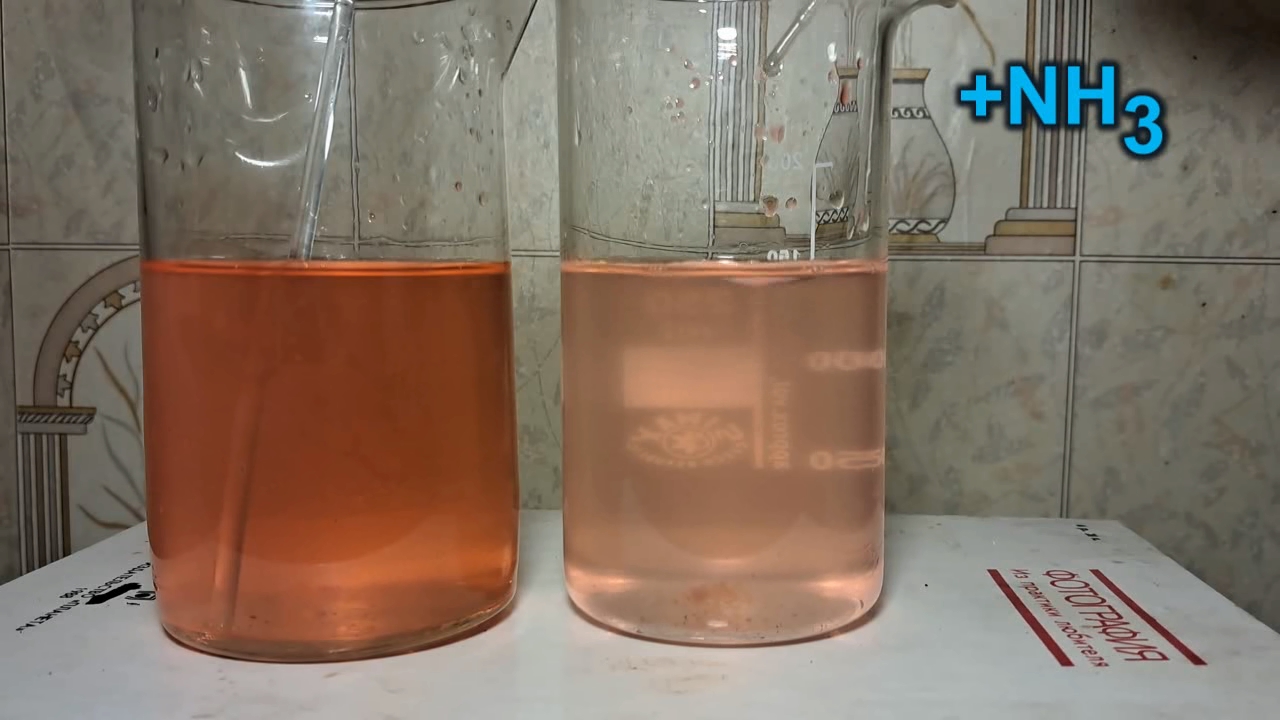
|
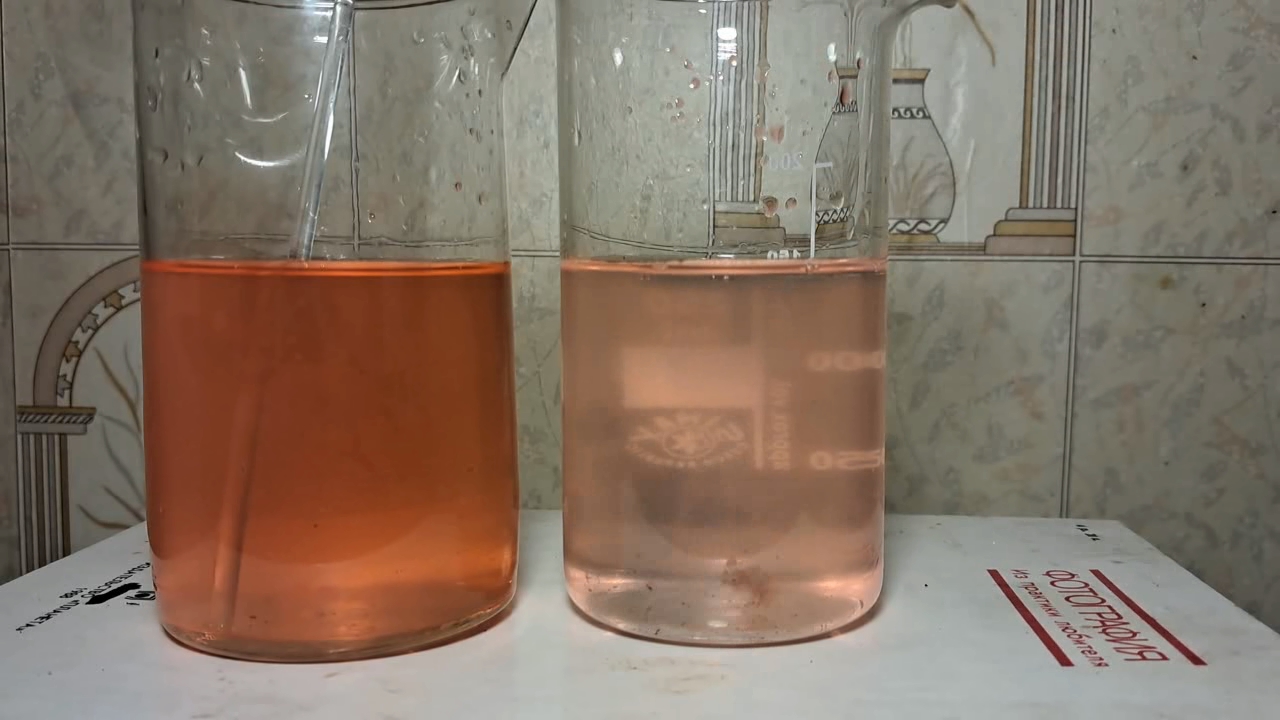
|
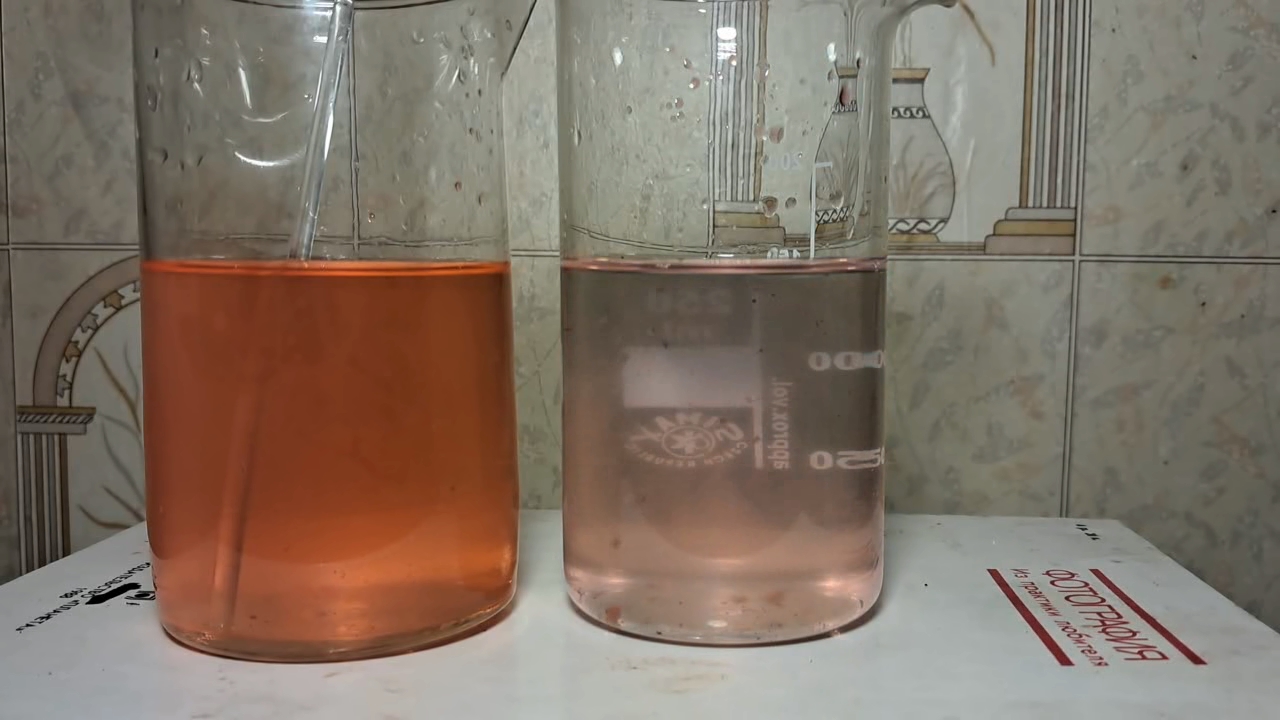
|
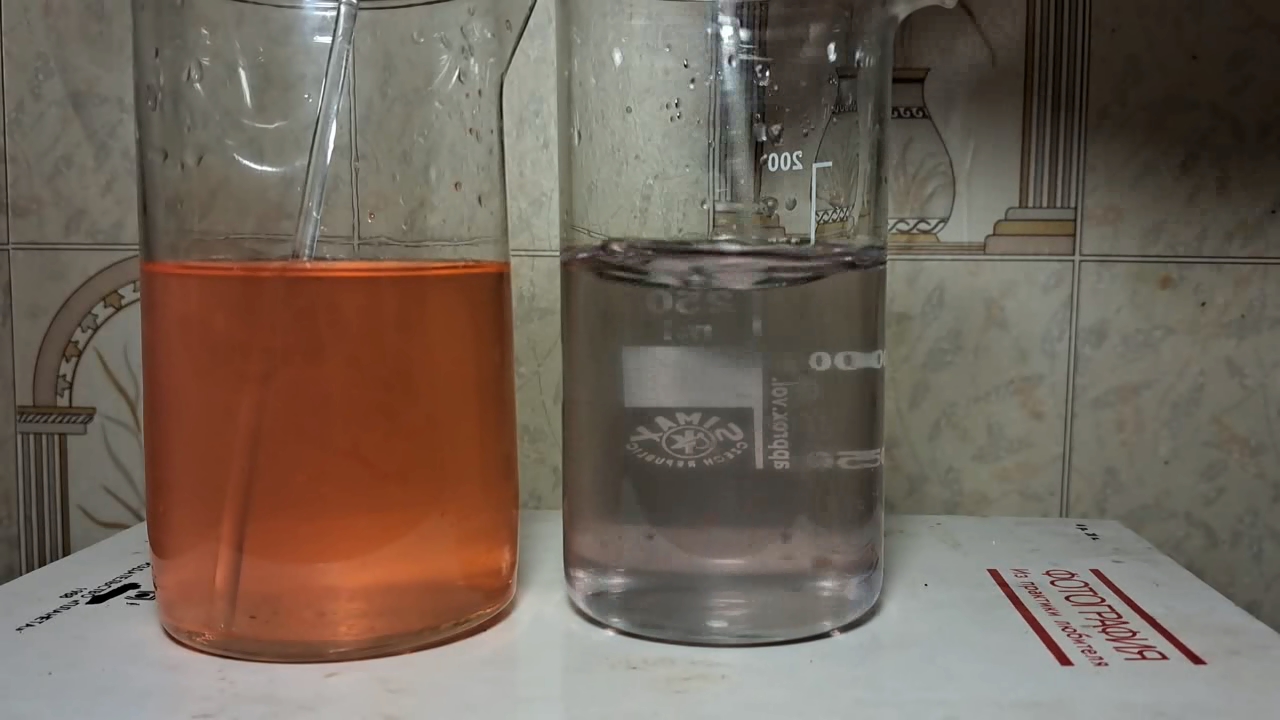
|
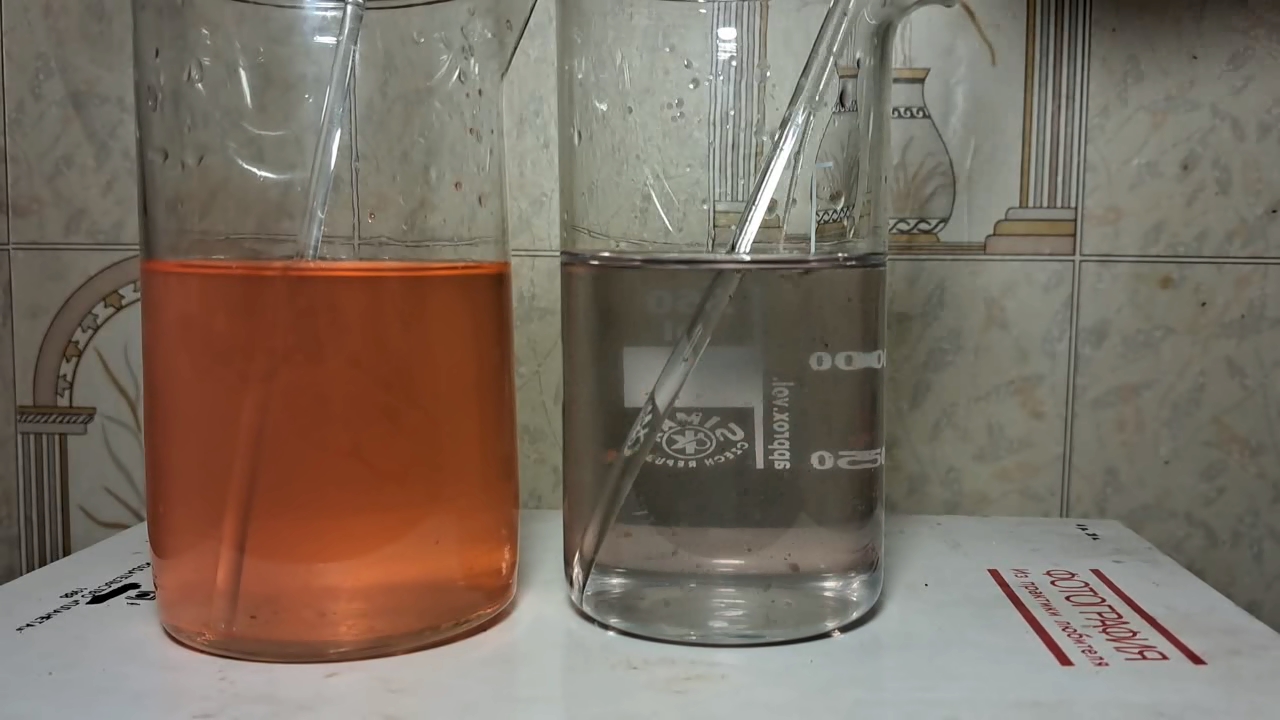
|

|
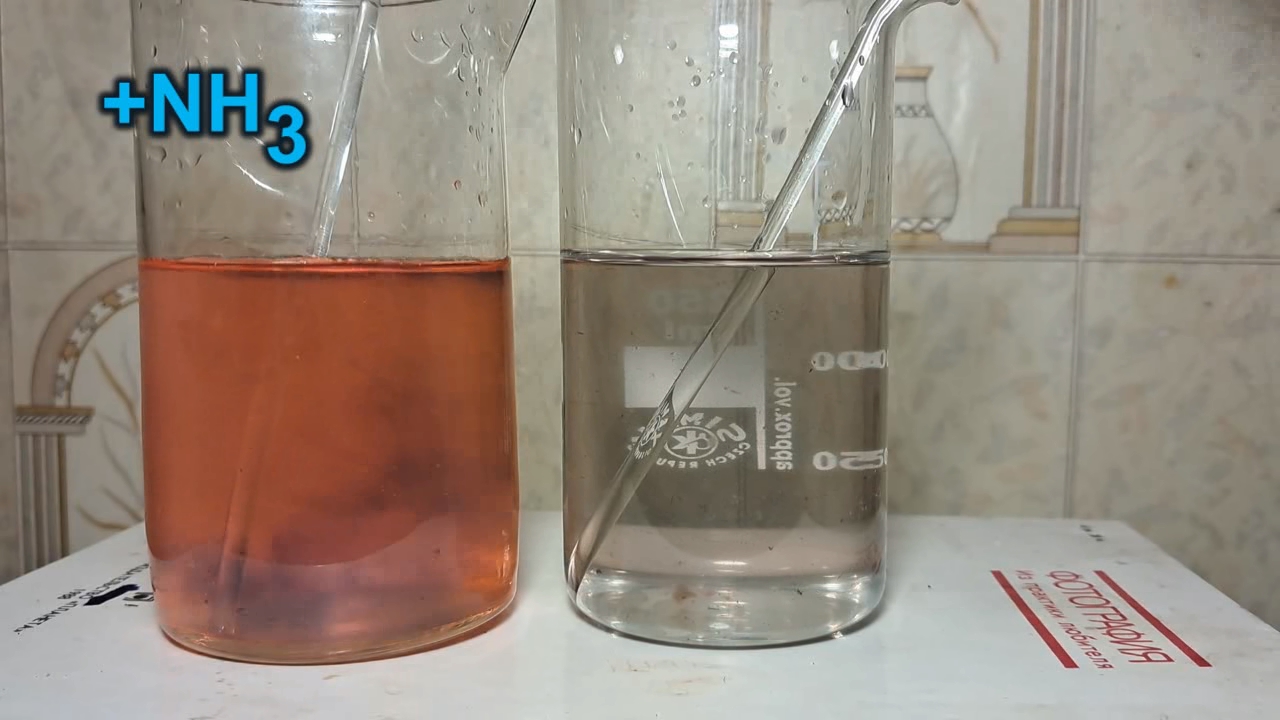
|
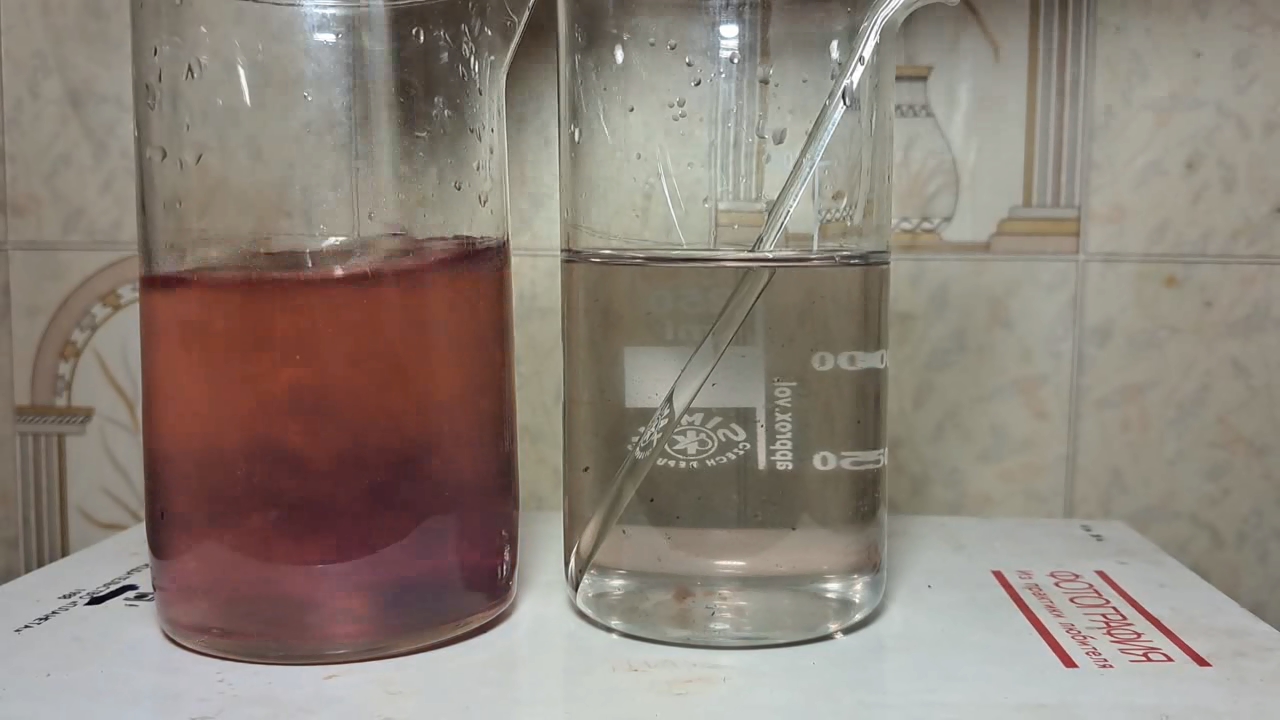
|

|
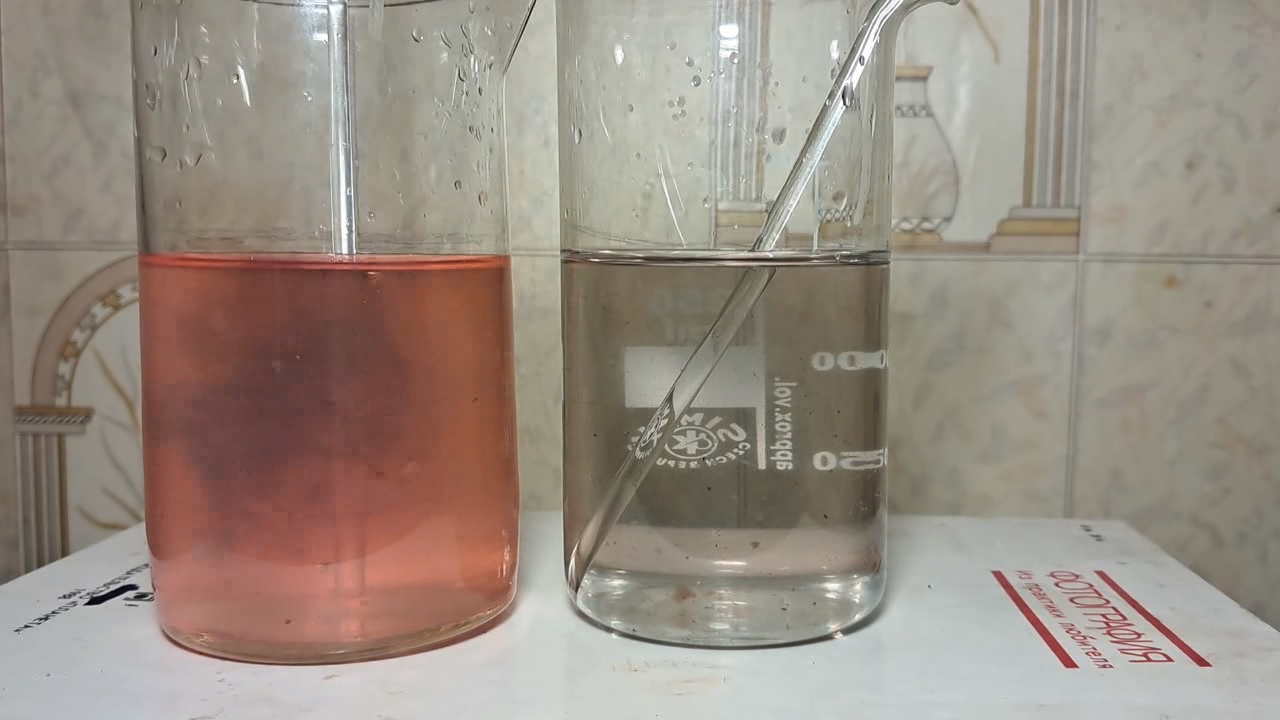
|
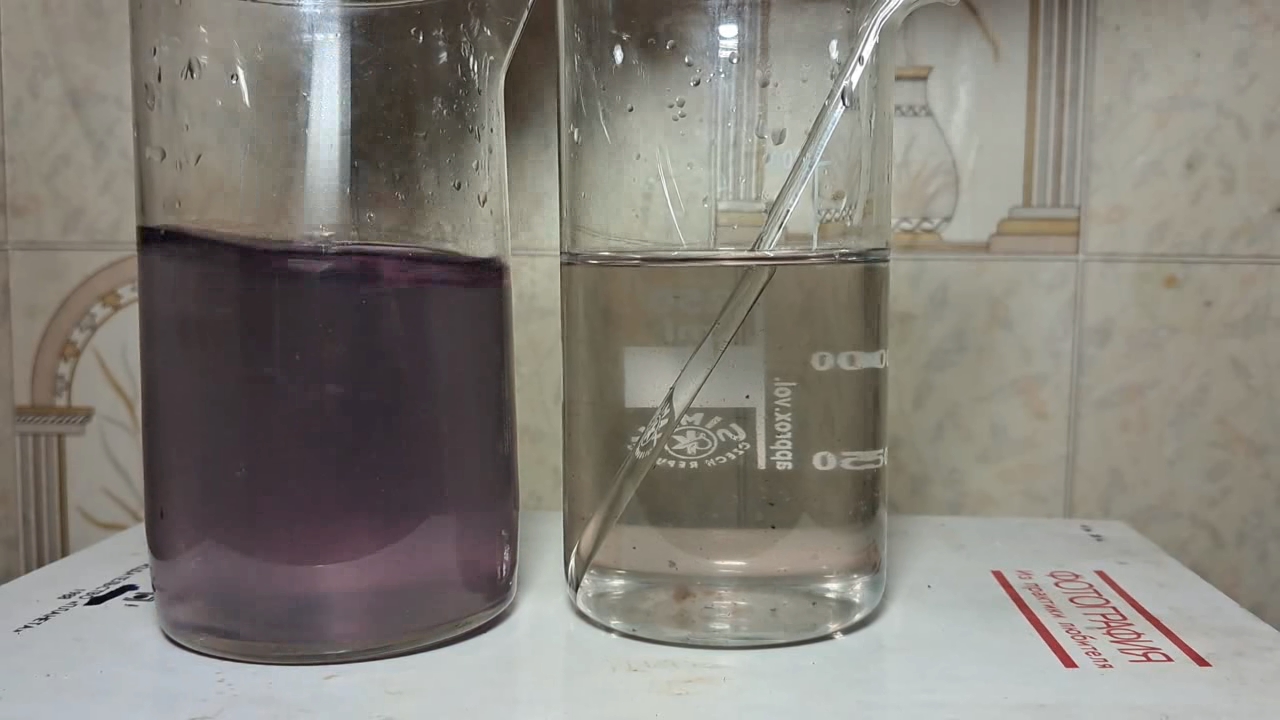
|
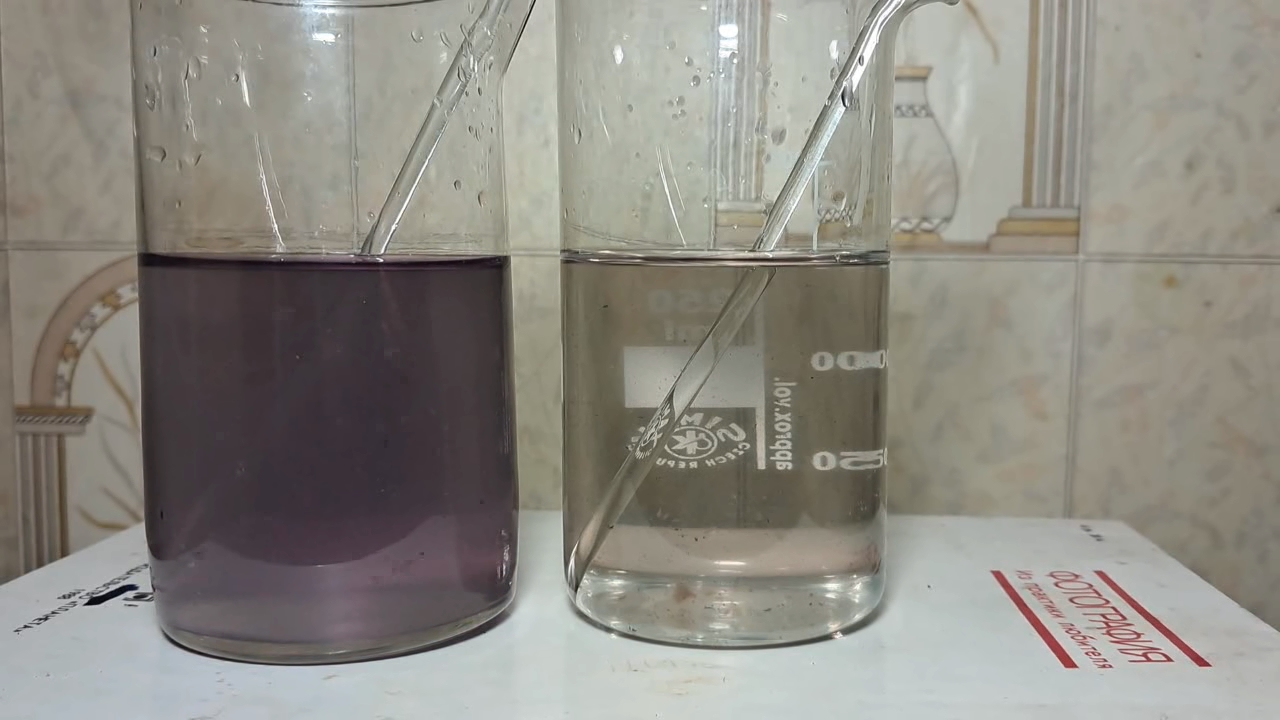
|

|

|

|
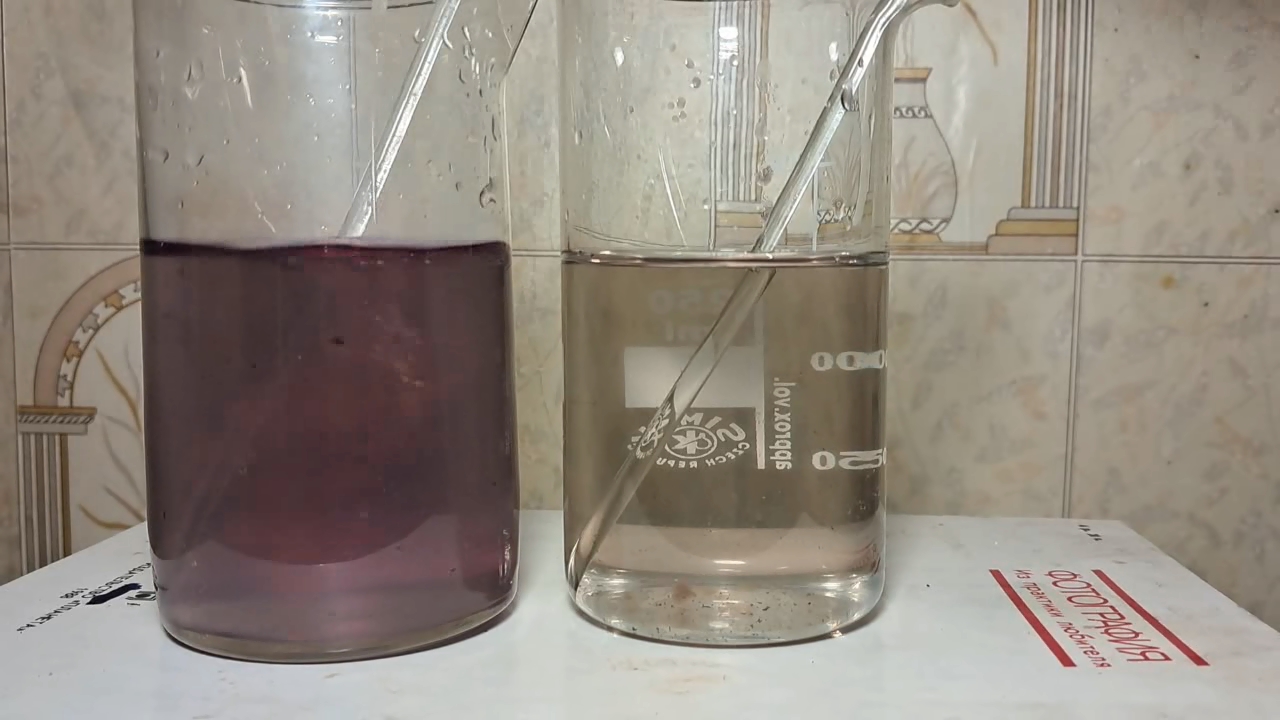
|
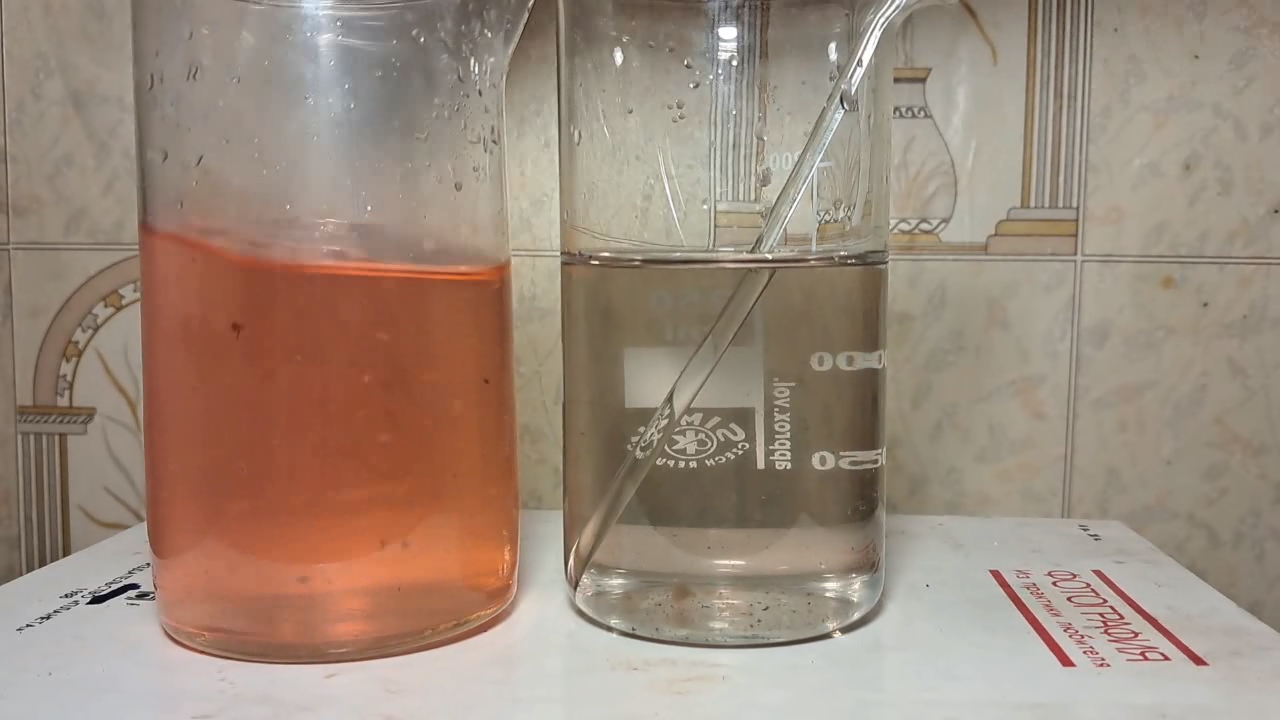
|

|
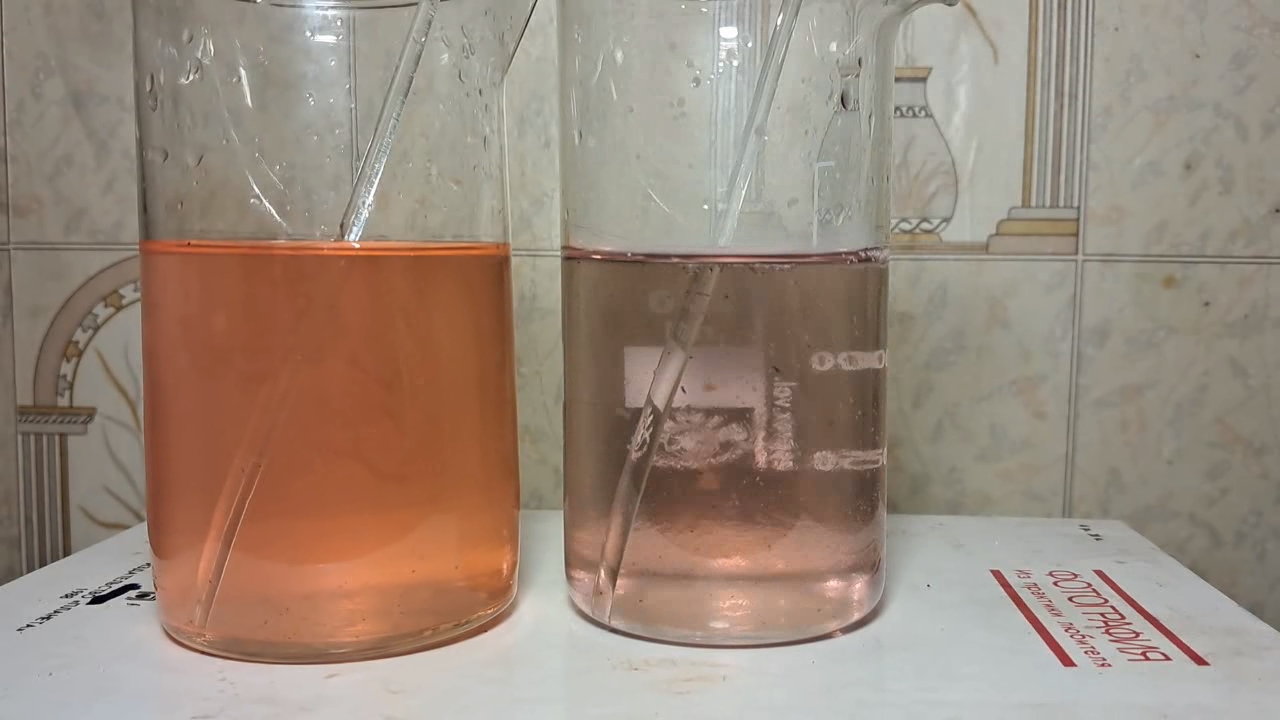
|
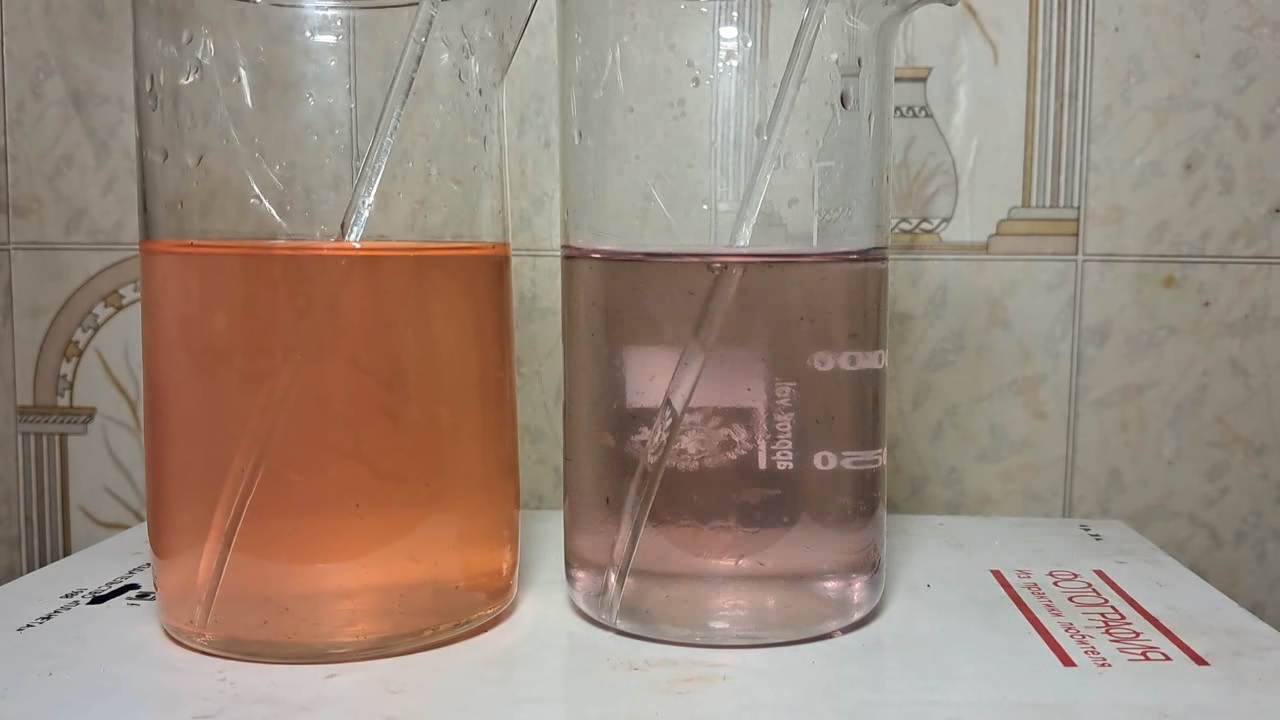
|
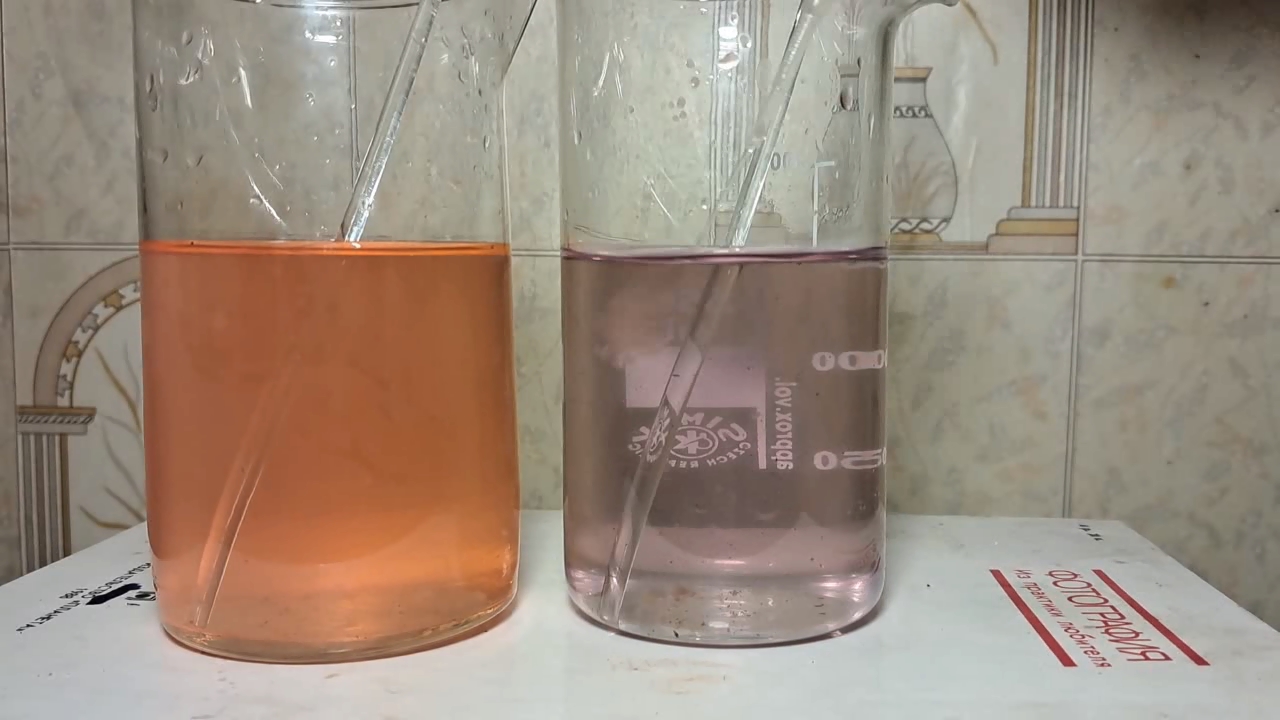
|
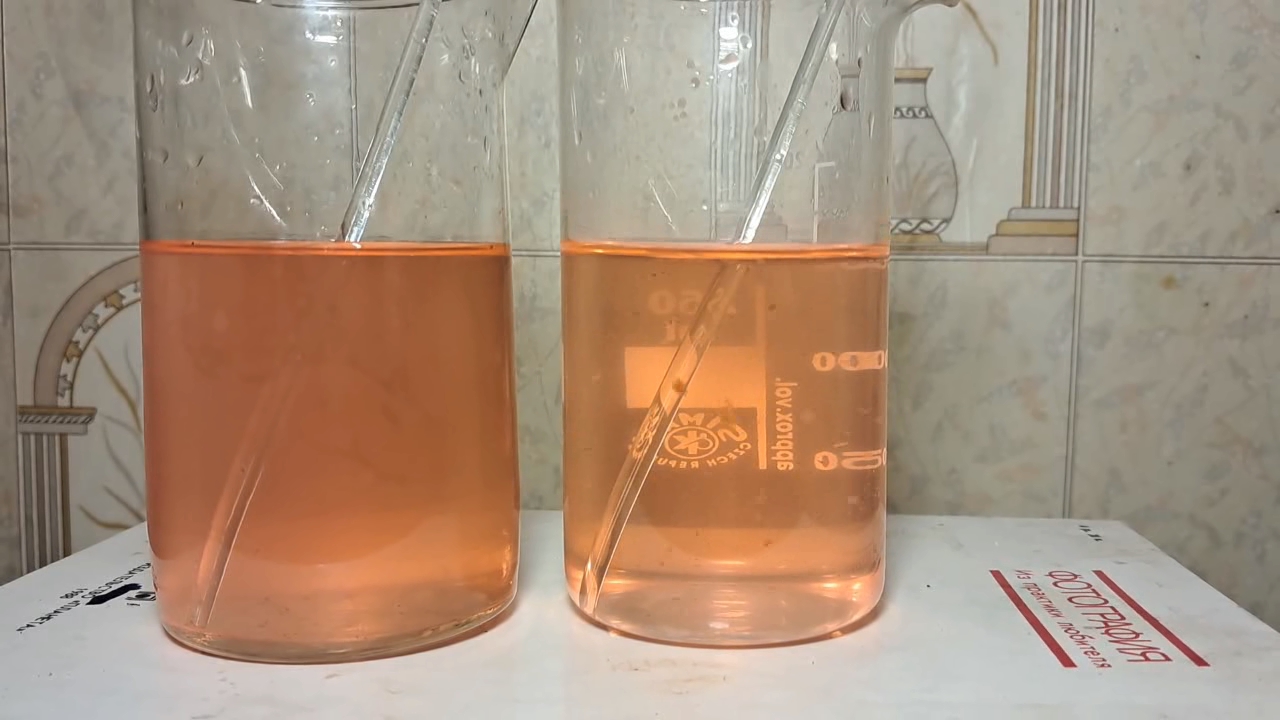
|

|

|
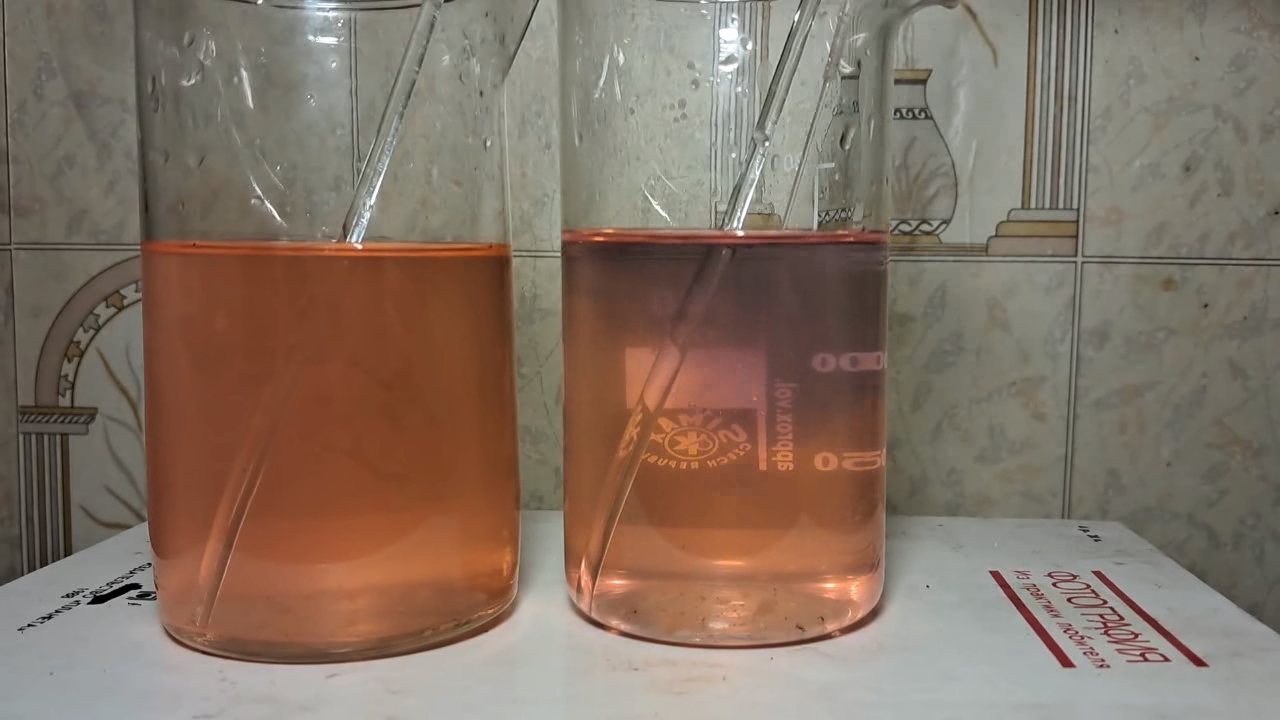
|

|